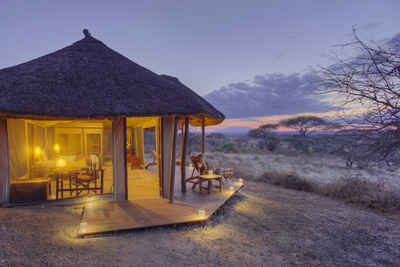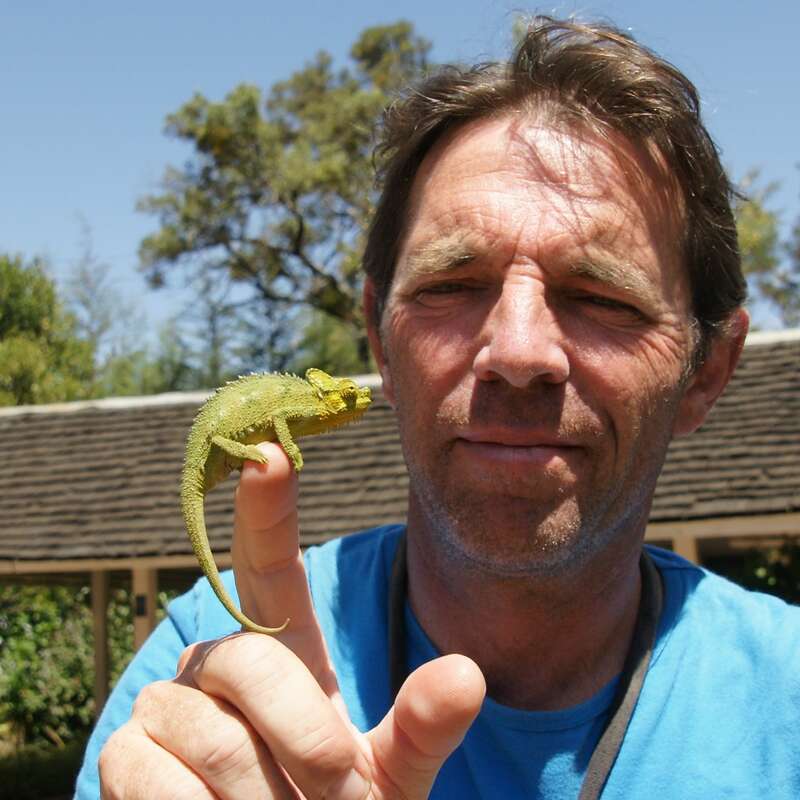About Oliver's Camp
In the quiet south-east of Tarangire National Park, beside Silale and Lormakau marshes, Oliver's Camp is ...
... a lovely tented camp set on a low, sandy ridge. It is particularly good for wildlife in the height of the dry season, when the marshes attract huge herds of buffalo, zebra and wildebeest. It used to have a separate satellite camp, Little Oliver's, close by, but now the two camps are incorporated as one, with a suspension-bridge-style raised walkway linking the two, over an area of dense bush.
Oliver's is a lovely tented camp with a great location in the far south of the park. It retains a real bush camp feel, and has a rustic charm. The food, service and guiding here are very good and the camp offers a great wilderness experience.
Accommodation
15 tents
Children
Best for 10+
Open
All year
Activities

4WD Safari

Birdwatching

Cultural excursion

Guided walking safari

Hot air ballooning

Night drive

Private activities
Traveller reviews of Oliver's Camp
63 real, un-edited reviews from Expert Africa's travellers.
Arrived 1 Feb 2025, 3 nights
"Oliver's Camp review"
Overall rating: Excellent
Arrived 29 Oct 2024, 2 nights
"Oliver's Camp review"
Overall rating: Excellent
Arrived 5 Oct 2024, 3 nights
"Oliver's Camp review"
Overall rating: Excellent
Arrived 18 Jan 2024, 3 nights
"Oliver's Camp review"
Overall rating: Excellent
Arrived 6 Oct 2023, 2 nights
"Oliver's Camp review"
Overall rating: Excellent
Arrived 18 Sep 2023, 3 nights
"Oliver's Camp review"
Overall rating: Excellent
Arrived 4 Sep 2023, 3 nights
"Oliver's Camp review"
Overall rating: Excellent
Arrived 27 Aug 2023, 2 nights
"Oliver's Camp review"
Overall rating: Excellent
Arrived 18 Jul 2023, 2 nights
"Oliver's Camp review"
Overall rating: Excellent
Arrived 10 Jul 2023, 1 nights
"Oliver's Camp review"
Overall rating: Excellent
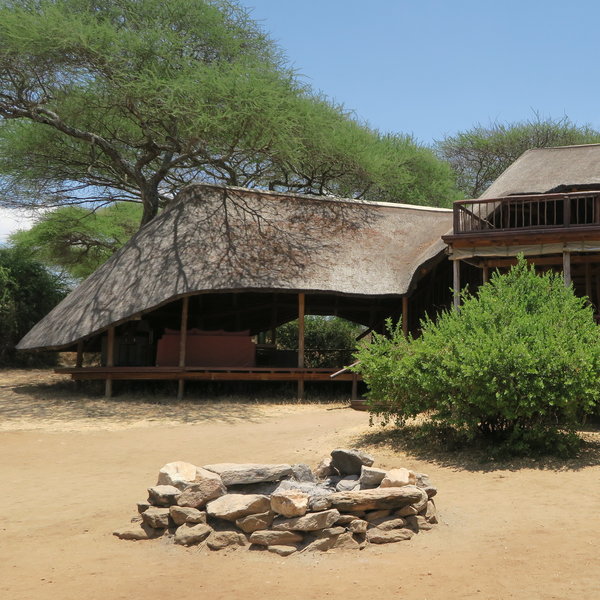
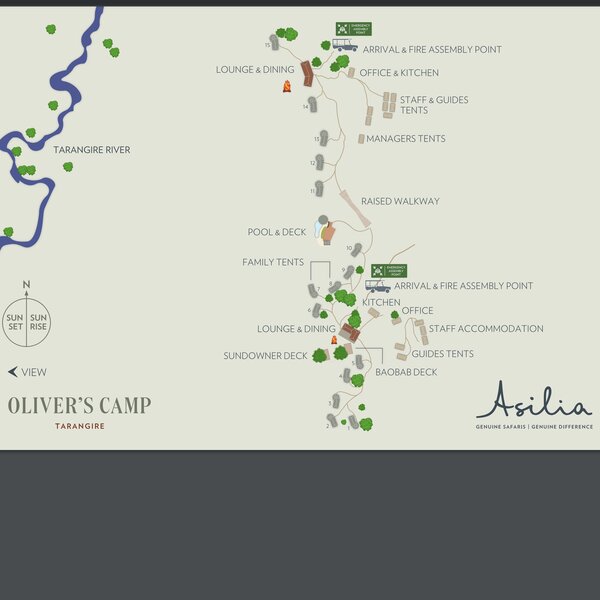
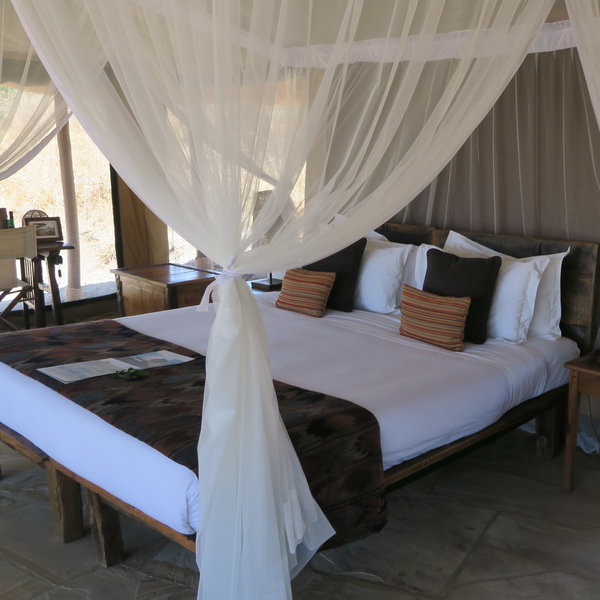
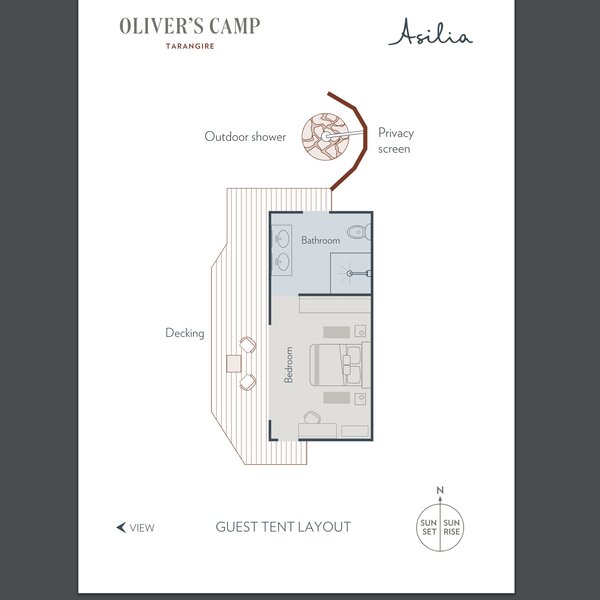
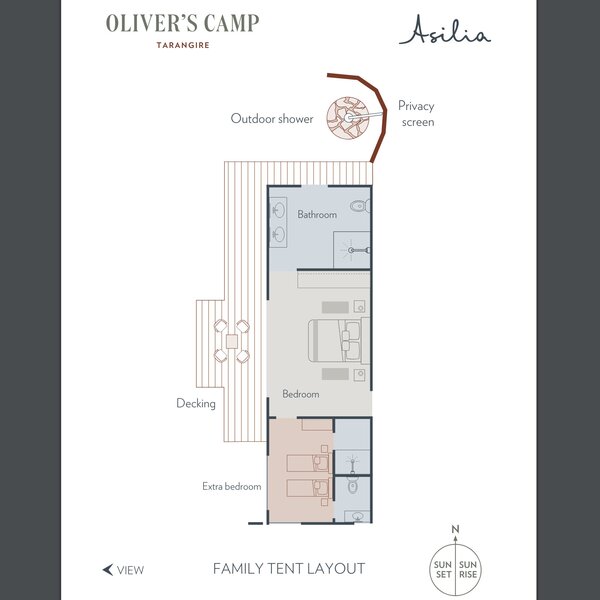
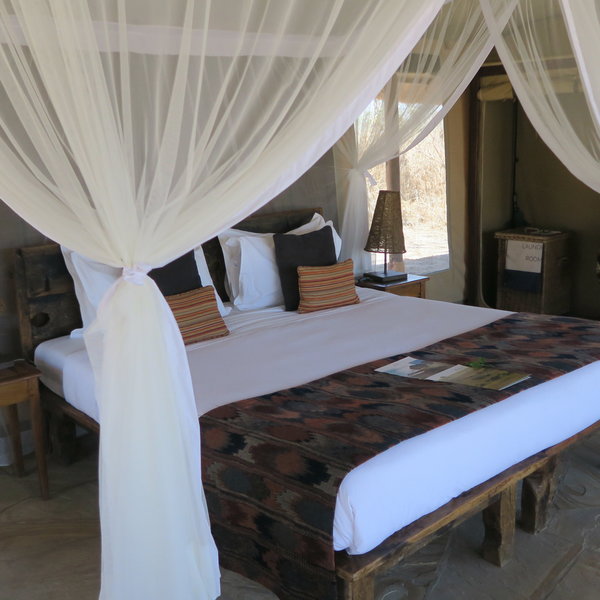
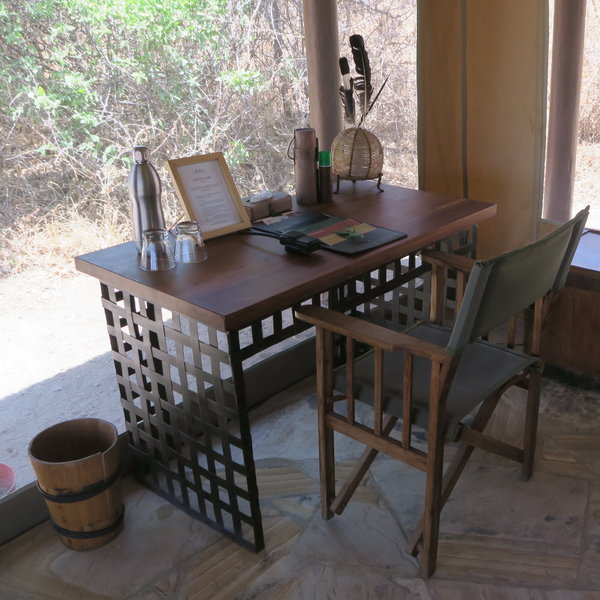
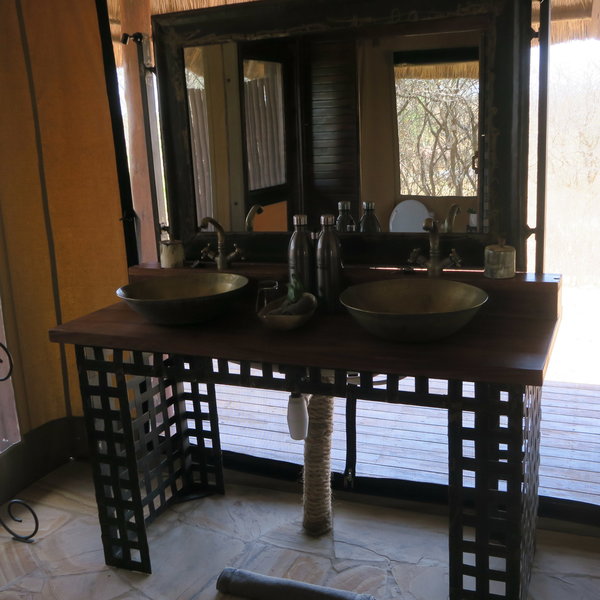
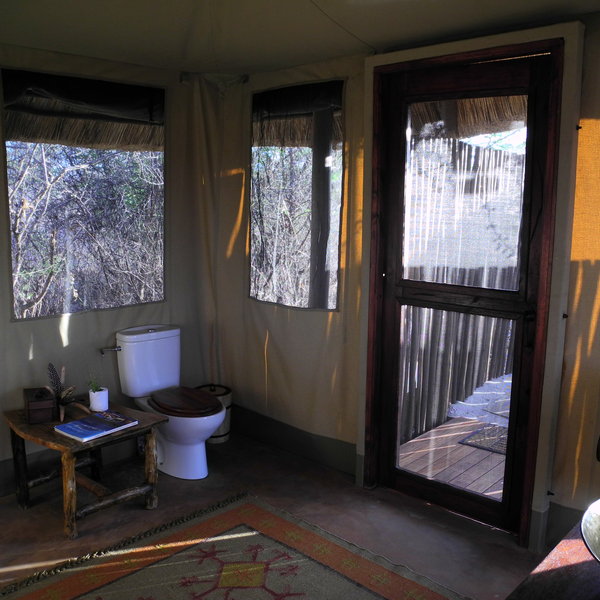
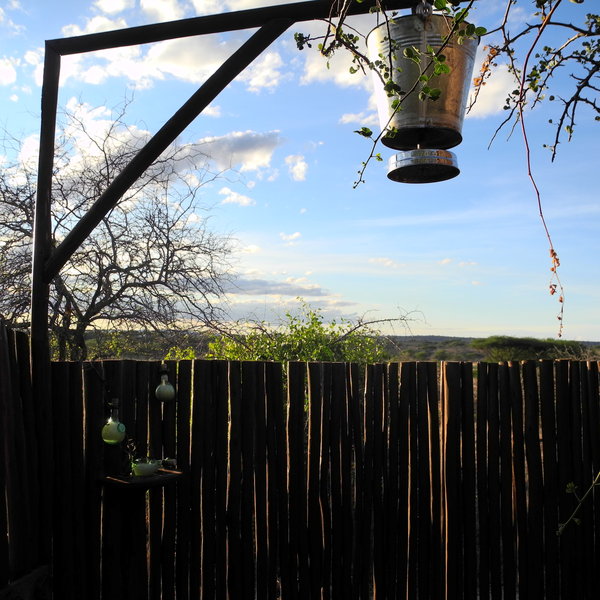
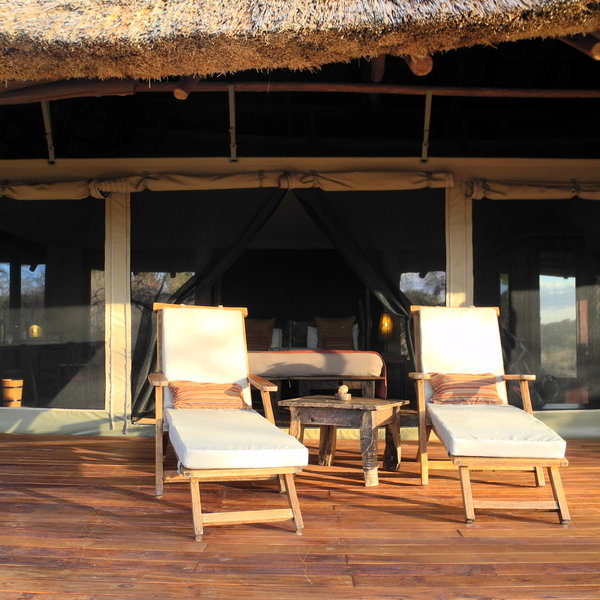
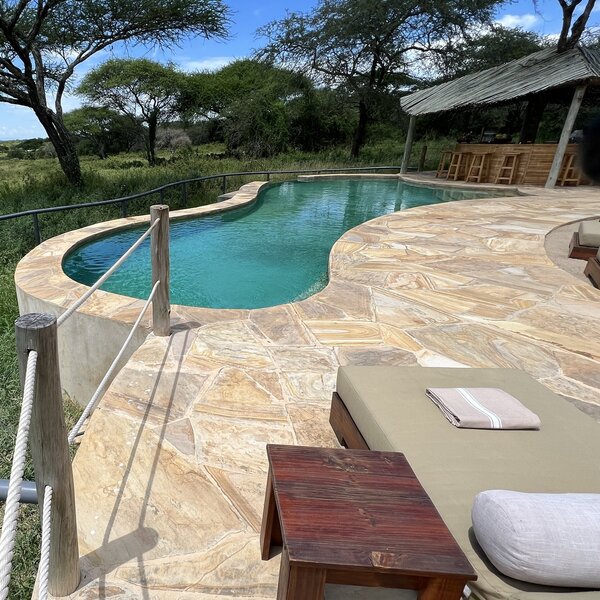
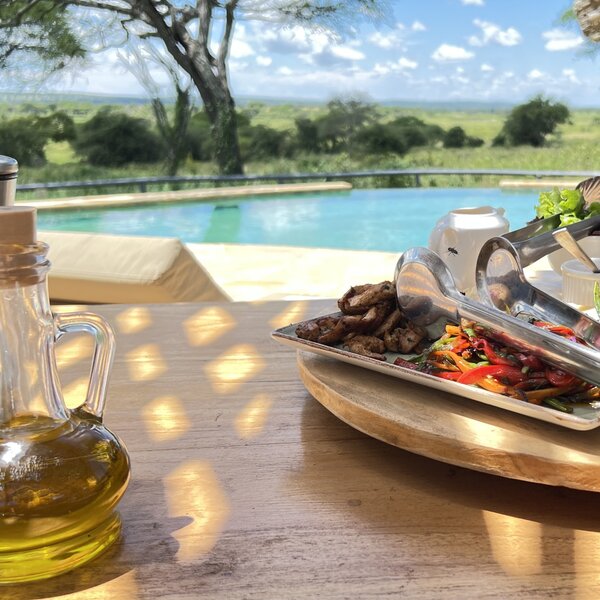
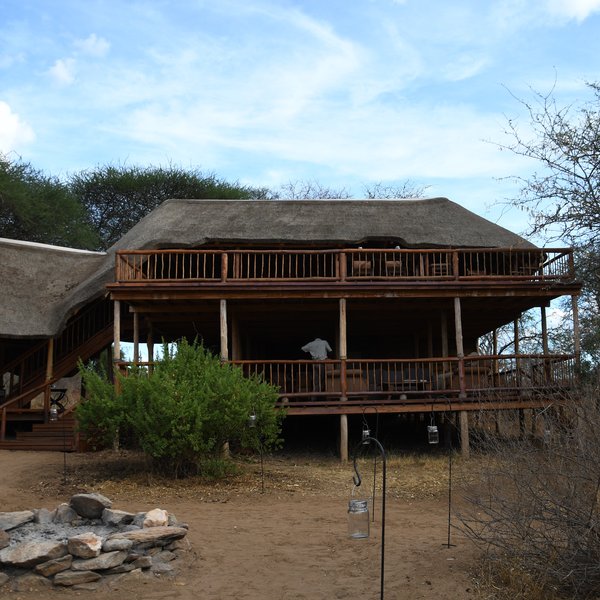
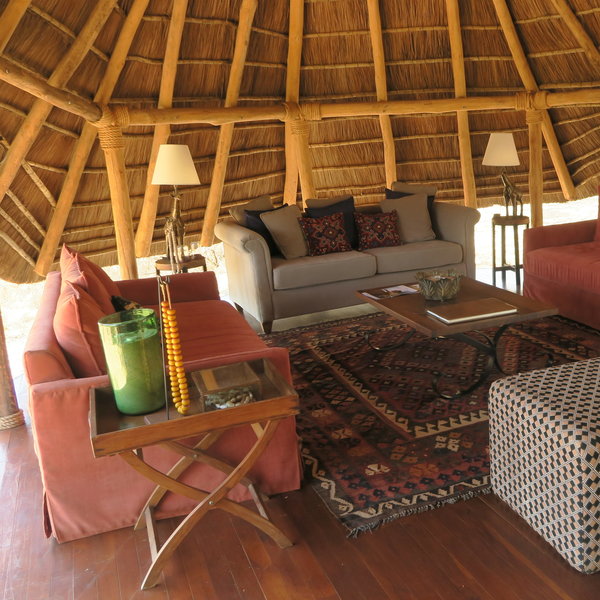
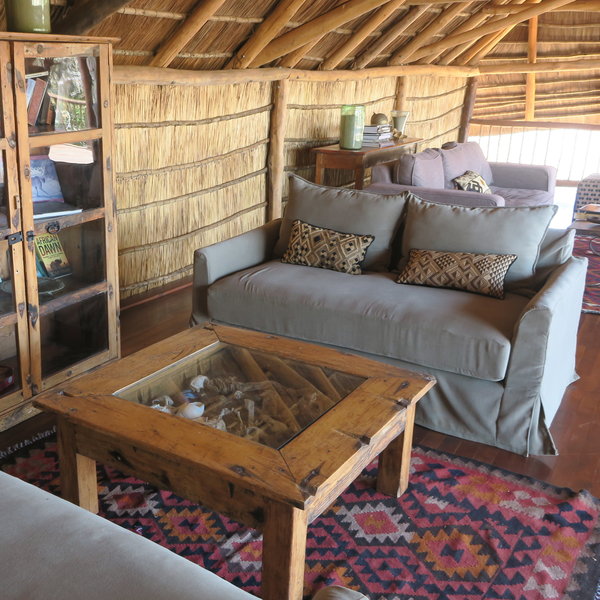
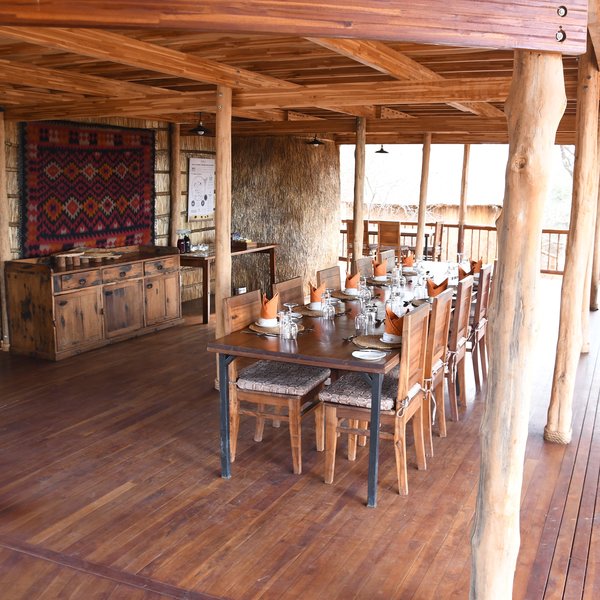
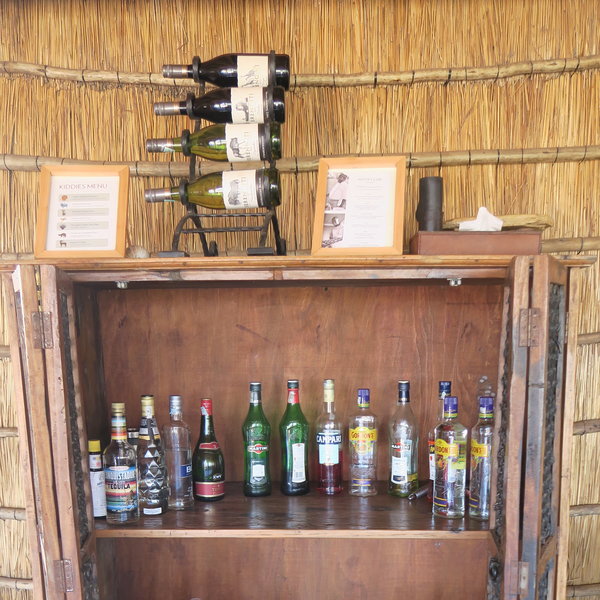
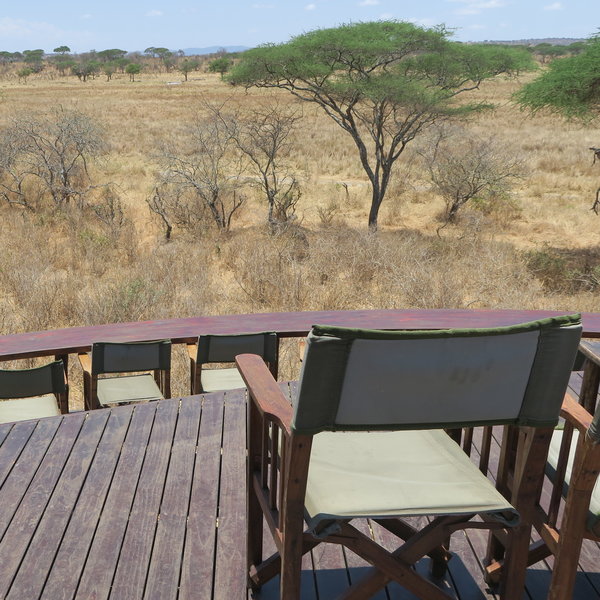
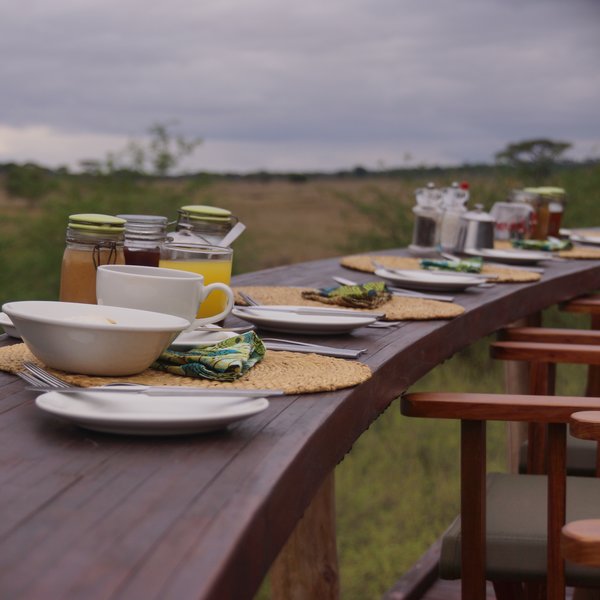
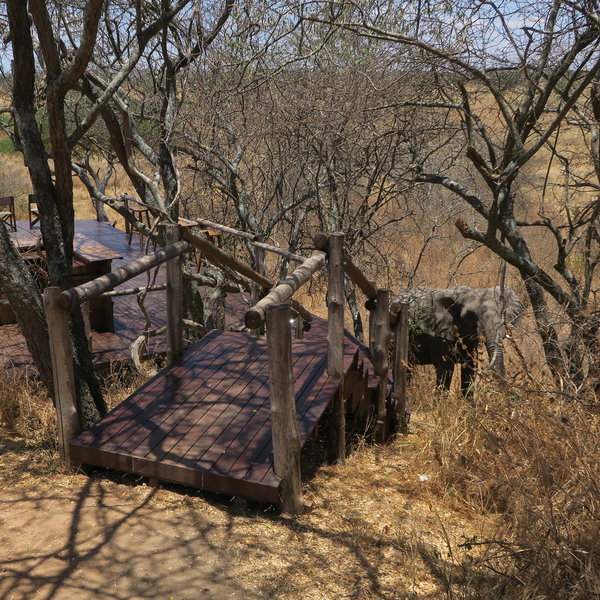
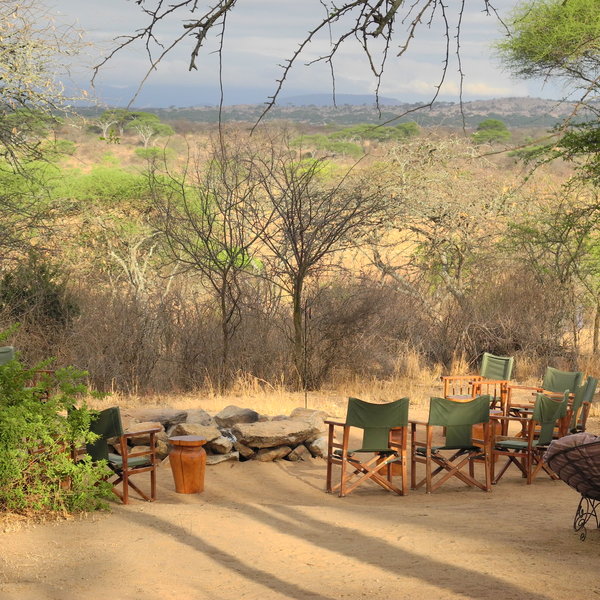
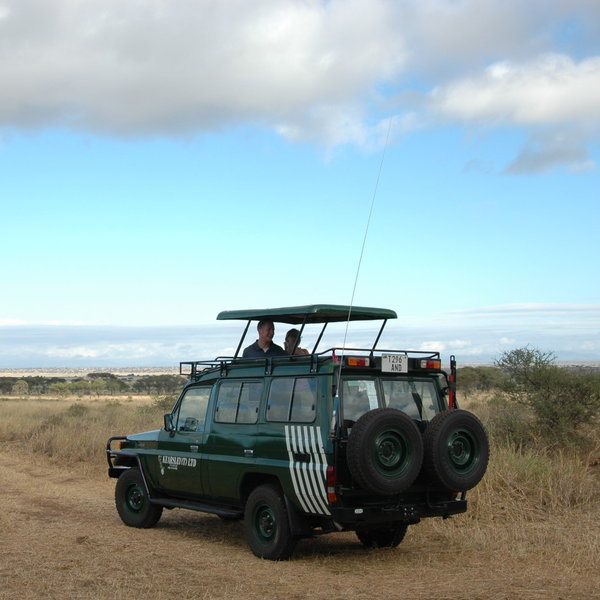
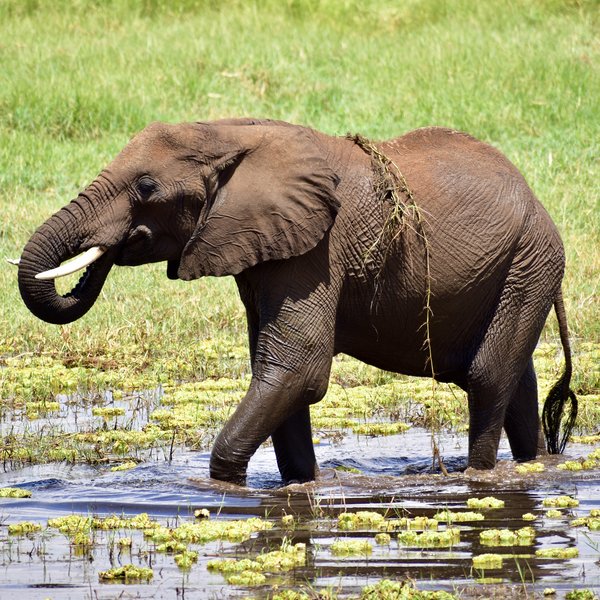
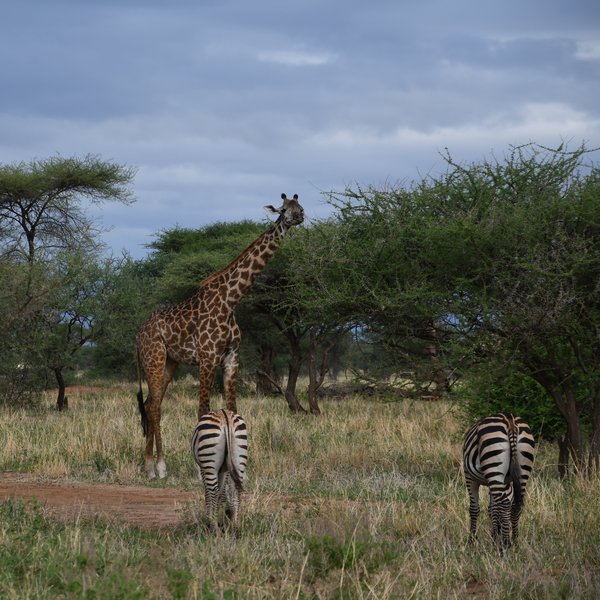
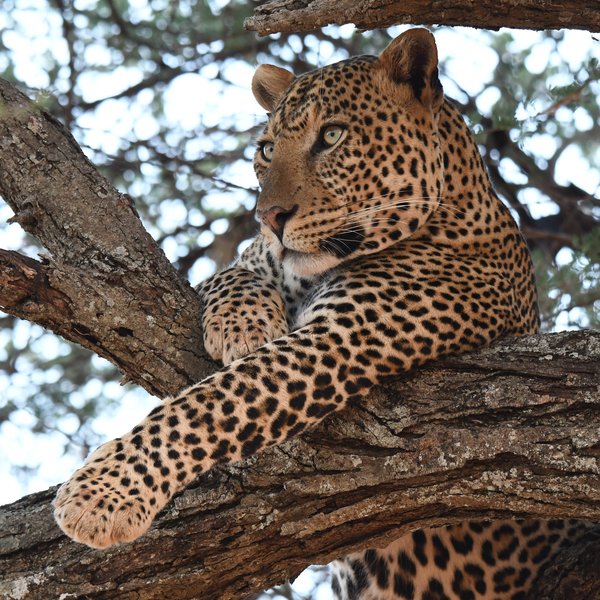
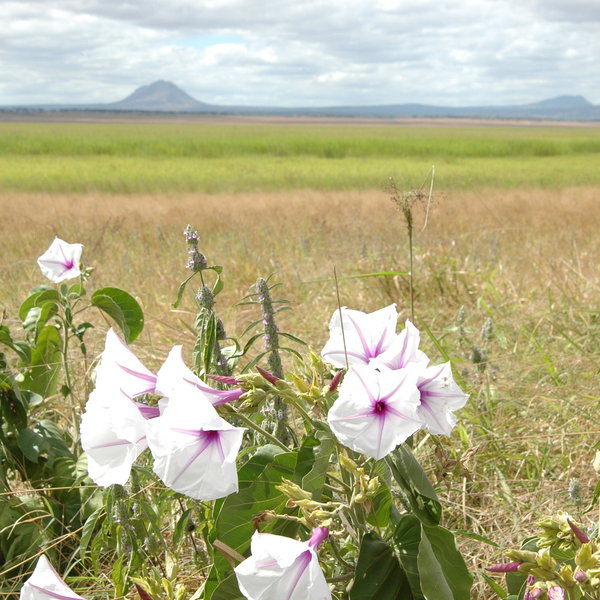
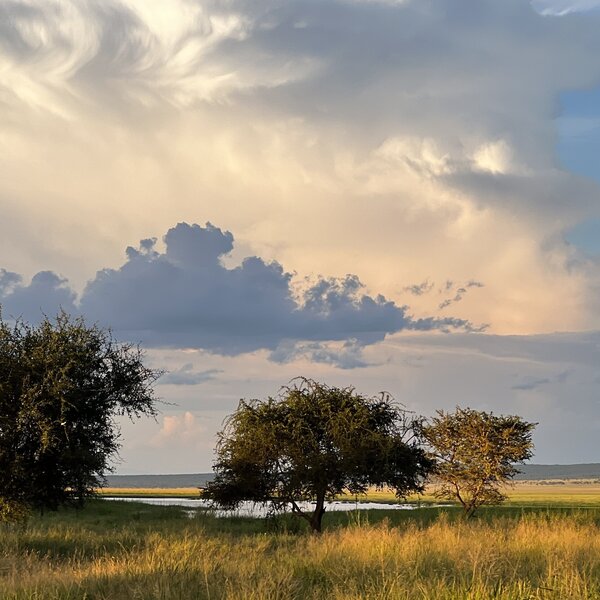
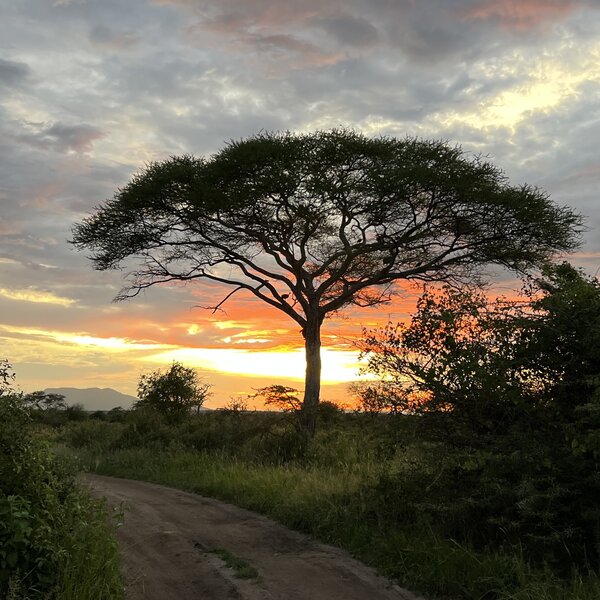
Expert Africa's gallery
When we travel we take lots of photos ourselves to give you a real and un-edited view of the safaris. See our 72 pictures and 1 videos of Oliver's Camp to get the candid view.
View gallerySafaris visiting Oliver's Camp
Just ideas, we'll always tailor-make a trip for you
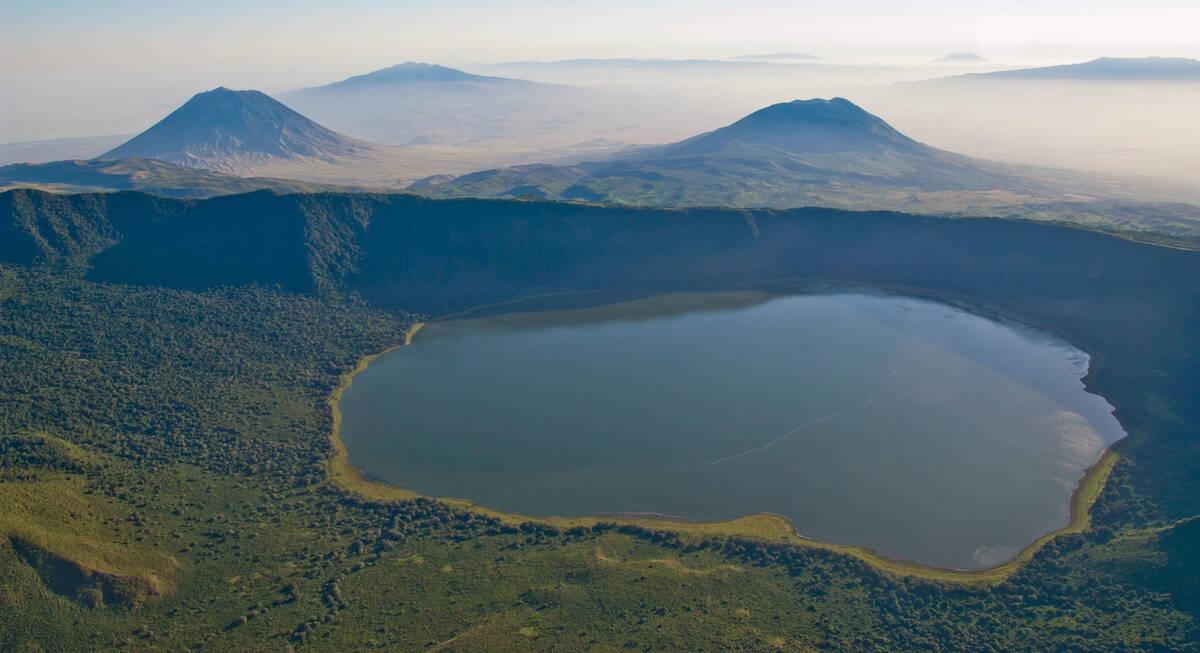
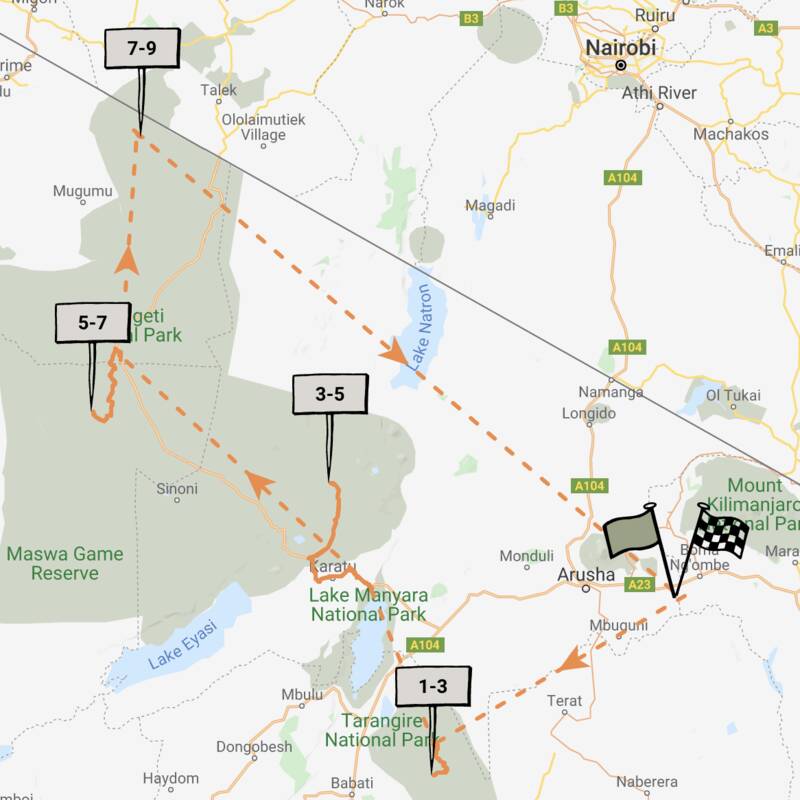
Tinkerbird Fly-in Safari
8 days • 4 locations • 1 country
KILIMANJARO AIRPORT TO KILIMANJARO AIRPORT
Explore Tanzania’s famous northern circuit in Tarangire National Park, the Ngorongoro Conservation Area and the Serengeti National Park. Four smart sister camps offer a high level of care, first-class guiding and a wide range of activities.
Visiting Tarangire, Serengeti and 1 other area
US$10,410 - US$14,140 per person
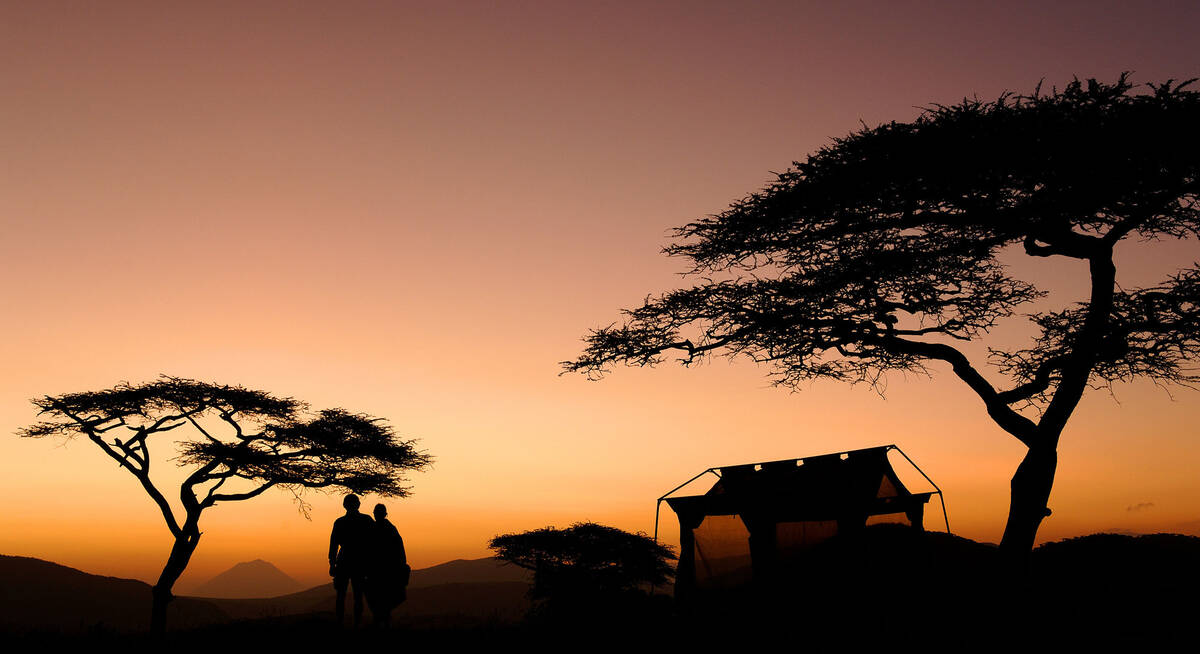
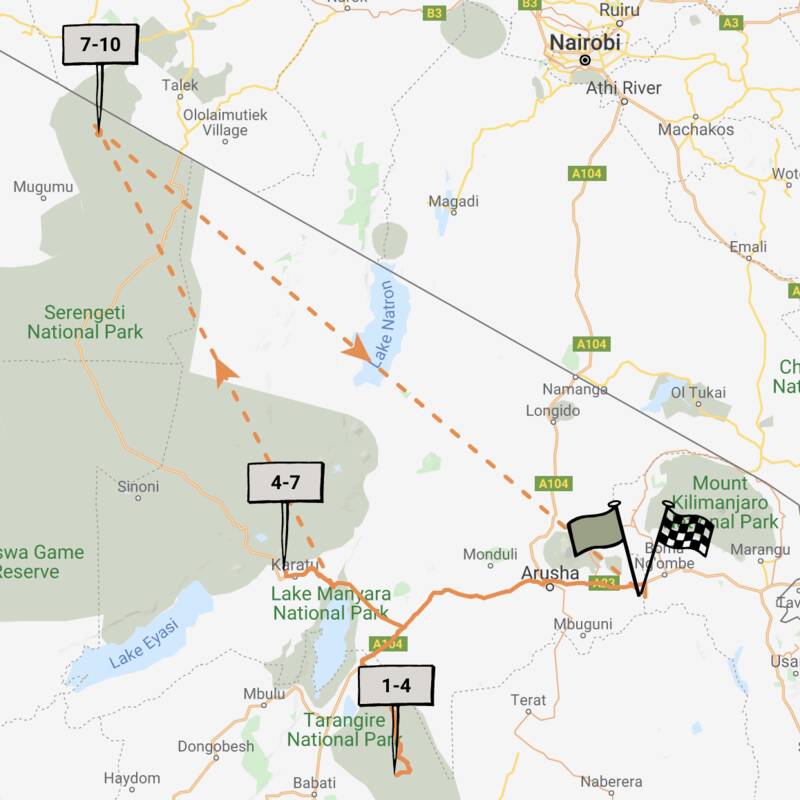
Firefinch Drive-Fly Safari
9 days • 3 locations • 1 country
KILIMANJARO AIRPORT TO KILIMANJARO AIRPORT
Enjoy a combination of privately guided and shared game drives during this good-value exploration of northern Tanzania. Explore game-dense regions from three comfortable bases which offer a variety of activities.
Visiting Tarangire, Ngorongoro Crater and 1 other area
US$7,720 - US$14,200 per person
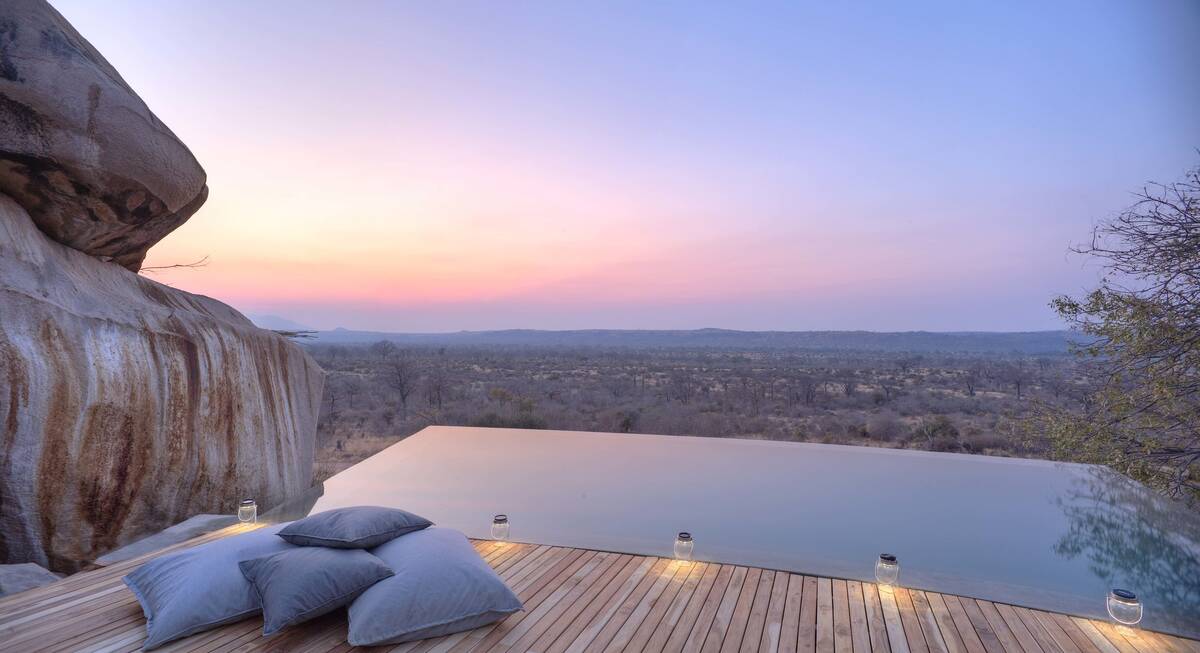
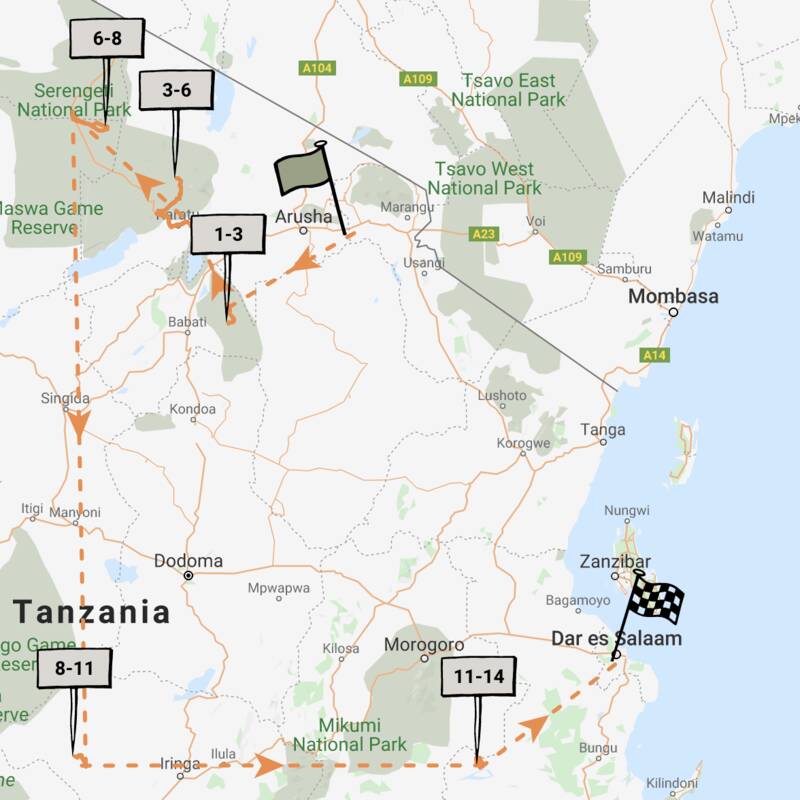
Marabou Stork Fly-in Safari
13 days • 5 locations • 1 country
KILIMANJARO AIRPORT TO DAR ES SALAAM AIRPORT
Four luxurious camps enable exploration of Tanzania’s north and southern regions. With a range of land- and water-based activities available throughout, decidedly comfortable accommodation and applicable long-stay discounts, this adventurous safari is excellent value.
Visiting Tarangire, Serengeti and 3 other areas
US$19,410 - US$25,560 per person
Oliver's Camp: Our full report
In the quiet south-east of Tarangire National Park, beside Silale and Lormakau marshes, Oliver's Camp is ...
... a lovely tented camp set on a low, sandy ridge. It is particularly good for wildlife in the height of the dry season, when the marshes attract huge herds of buffalo, zebra and wildebeest. It used to have a separate satellite camp, Little Oliver's, close by, but now the two camps are incorporated as one, with a suspension-bridge-style raised walkway linking the two, over an area of dense bush.
Oliver's Camp is the sister camp to Olakira, Dunia and Sayari, and offers the same good guiding and a friendly bush experience.
The main area at Oliver's Camp on the south side is an open-sided two-storey, wood and thatch structure which looks out into the surrounding bush and is furnished with comfortable leather armchairs, reclaimed dhow-wood tables and campaign furniture. We particularly enjoyed the upper storey, complete with its deck giving you an even better vista from where to sit and keep a look out for passing game. This all comes together to create the feel of a camp that is stylish but still very authentic. Dining can occasionally be communal, with everyone seated at one long table, but usually tables are separate for each party of guests.
In front of the mess tent is a firepit, surrounded by directors' chairs, where guests gather before and after dinner to chat about the day and listen to the sounds of the bush. Down from the main area, in a secluded, shady spot by a baobab, is a small deck used for private dinners. Further down the slope is a large sundowner and breakfast deck looking across the Tarangire River valley.
Oliver's Camp has fifteen large tented rooms raised on low, wooden platforms, and suspended under thatch. Ten of the tents are in southern part of camp (the original Oliver's) and five on the north side (the former Little Oliver's). lThe interiors are rustic but tasteful and practical: chunky furniture made from the timber of former dhows, lampshades adorned with Masaai beads, leather-bound books, wrought iron bedside tables, solar-powered lights and an open canvas wardrobe. The beds are large and very comfortable with luxurious linen and good pillows. Above each bed is a ceiling fan to keep you cool during the heat of the day or on unusually warm nights. In front of each tent are two sunloungers on the deck where you can relax, read, or perhaps sit and watch the area's impressive birdlife.
There is one special honeymoon tent (#2), with a double-headed shower, and a family tent (#9) that includes an extension with twin beds and a second toilet and basin. Two triple tents can also be made up if required giving the camp a maximum capacity of 32 guests.
UK-style three pin sockets allow you to charge your electricals, and each tent also has mosquito spray, a radio to contact the office, a torch and a digital safe.
The en-suite bathroom is at the end of the tent, with no partition. You'll find double wash basins set on a heavy wooden table, luggage storage space and a flush toilet. A door leads out to an open-air rainfall shower, screened by a wooden fence, allowing you to shower in complete privacy while enjoying the sounds and atmosphere of the bush, or contemplating the night sky.
Depending on guest numbers, the ten tents at the original Oliver's Camp site on the south side are usually the ones to be filled first. When the other five tents in the north wing of the camp are being used, a separate main area there, consisting of a lounge and dining area, and with its own kitchen and staff quarters, comes into use. Both wings of the camp have full access to the entire camp and the swimming pool is roughly central. However, it's worth bearing in mind that that the layout of the camp (see the photo in the Gallery) is quite extended, stretching around 1.5km from Tent #1 to Tent #15, and older or less mobile guests may wish to request a tent close to the dining area and lounge.
Oliver's modest, free-form swimming pool (no lifeguard) is designed for cooling off and relaxing rather than laps. It is located mid-way between the north and south wings of the camp and lunch is often served here.
Oliver's has a range of activities on offer. The camp is located in a special wilderness area where walking is allowed, usually on the plains or in the sand river. The minimum age for walking is 12. There are resident guides who can take you out on shared activities, and both walks and night game drives are available (the latter at extra cost).
You can also arrange to do a hot-air balloon safari over Tarangire National Park from Oliver's. Balloons take off from a launch site near Boundary Hill, and usually drift north. You'll need to plan for a 04:30 departure from camp. Ask us to help plan this into your stay.
Geographics
- Location
- Tarangire National Park, Tanzania
- Ideal length of stay
- 2–3 nights
- Directions
- Oliver's Camp is at the southern end of Tarangire National Park. It is around a 90-minute drive from Kuro airstrip, about 4 hours drive from Arusha and 5 hours from Kilimanjaro airport, depending on traffic and any stops to watch wildlife en route.
- Accessible by
- Fly-and-Transfer
Food & drink
- Usual board basis
- Full Board & Activities
- Food quality
- The food at Oliver's is consistently good – well-prepared and tasty, with plenty of creativity. Meals are often served platter-style, in small portions on a tower of serving dishes for you to help yourself. Guests are usually invited to indicate when they want meals. We had a 6am breakast on one occaion, before going out for a long morning game drive.
Breakfast consists of a buffet of cereals, fruit, yoghurt, pancakes and muffins, followed by a hot breakfast if you wish, cooked to order.
Lunch on a recent visit included stir-fry chicken and vegetables for make-your-own wraps, with salads and seeds on the side, followed by a sorbet.
Dinner was a three-course meal, including lamb and tomato stew, brown rice with cashews and creamy coconut beans. A rather delicious coconute parfait with a passionfruit coulis followed.
We enjoyed butternut and lemon soup to start, followed by lamp chops served with rice, roasted pumpkin and zucchini, and rounded off with a creamy passion-fruit coulis.
On another occasion, we started with a safari staple of spiced butternut squash soup and went on to beef medallions with a red wine jus or herby chicken and risotto rice, accompanied by good vegetables, and followed up with choc peppermint brownies or passion fruit jelly. - Dining style
- Mixture of group dining and individual tables
- Dining locations
- Indoor Dining
- Further dining info, including room service
- Drinks can be served to your tent, however the camp does not encourage food in the tents is this is likely to attract monkeys.
- Drinks included
- Most drinks are included. Champagne and premium wines are at extra cost.
Special interests
- Honeymoons
- For rustic charm with a luxurious feel, and very secluded and private tents, Oliver’s Camp is a great destination for a Tanzanian honeymoon. Enjoy the large tented room under a thatched roof, stylish furniture and delicious food. Expect thoughtful touches from the staff, to make you both feel really special.
- See ideas for Honeymoons in Tanzania
- Birdwatching
- Tarangire National Park is the best park for birdwatching in Tanzania. Avid bird watchers will enjoy sitting in the central mess tent at Oliver's where you might spot flycatchers, superb starlings, morning thrushes, and even a pair of yellow-winged bats.
- See ideas for Birdwatching in Tanzania
- Walking safaris
- Oliver's Camp offers guiding walking safaris within Tarangire National Park - a great way to experience the environment from a different perspective and really appreciate the little things.
- See ideas for Walking safaris in Tanzania
Children
- Attitude towards children
- Oliver's Camp will happily accept children from the age of 5.
- Property’s age restrictions
- Children under 12 are not permitted to walk in Tarangire National Park.
- Special activities & services
- Kids' packs are provided and children can do nature trails with guides around the camp area, which has a wealth of insects and smaller wildlife. A chest of games is available and staff will often play football with children. Children are also welcome in the kitchen to make cookies.
- Generally recommended for children
- Yes
- Notes
- Oliver's Camp is a small friendly camp that is welcoming to older children, though parents should be aware that this is a bush camp and that it is not fenced (as is the case with all camps in TANAPA-controlled areas). Parents should keep a close eye on their children, who are their responsibility at all times. Under-12s are not allowed to walk around camp unaccompanied because of the high chance of encountering wildlife.
Our travellers’ wildlife sightings from Oliver's Camp
Since mid-2018, many of our travellers who stayed at Oliver's Camp have kindly recorded their wildlife sightings and shared them with us. The results are below. Click an animal to see more, and here to see more on our methodology.

100% success

94% success

94% success

94% success

88% success

88% success

73% success

71% success

62% success

53% success

47% success

0% success

0% success

0% success

0% success

0% success
Communications
- Power supply notes
- There is a backup generator, but it is rarely needed as even in cloudy conditions their solar system generates enough power. Individual solar water heaters provide hot water for each tent.
- Communications
- Wifi is available in the guest tents, but not the communal area. This was a considered decision by the camp, and the lounge is intended to be a sociable spot where guests can meet and socialise without distractions. There is usually some patchy cellphone reception in the camp, though Oliver's requests that guests do not use their phones in the communal areas.
- TV & radio
- There is no guest TV, but the staff TV is always open to guests for major sporting events and the like.
- Water supply
- Borehole
- Water supply notes
- There is a plentiful supply of water from the camp borehole, which is purified using reverse osmosis and desalination. It is frequently tested for purity.
Health & safety
- Malarial protection recommended
- Yes
- Medical care
- The managers and guides at Oliver's Camp are all first aid trained, and the camp has links to the flying doctor service. The FAME clinic at Karatu is a 3-hour drive away.
- Dangerous animals
- High Risk
- Security measures
- Askaris (guards) escort you around at night, as animals do wander through the camp, including four local leopards. There are radios in the tents.
- Fire safety
- There is a firebreak around the camp and all tents have fire extinguishers.
Activities
4WD Safari
Birdwatching
Cultural excursion
Guided walking safari
Hot air ballooning
Night drive
Private activities
Extras
- Disabled access
- On Request
- Laundry facilities
- Laundry at Oliver's Camp is included – but it is hand washed so no underwear is accepted. Soap is provided in the bathrooms for this.
- Money
- There are simple-to-operate, large, digital safes in the guest tents. The camp has no formal currency exchange.
- Accepted payment on location
- Oliver's Camp will accept payments in cash, as well as Visa and MasterCard, although there is a 5% charge for these cards. They do not accept Amex.
Plan and book your trip with Expert Africa
All of our trips are tailor-made, so we'll always adapt them to suit you. Talk to an Expert and let us plan and arrange your perfect trip.

Talk to an Expert
Call or email us now! We’ll match you with the Specialist in our team who is best suited to help you. Then together we can start planning your trip.

Set up your itinerary
Based on our experience and your ideas, your specialist will create a detailed, costed itinerary. We’ll refine it together, until we have a trip that you’re perfectly happy with.

Prepare for your trip
The same Specialist will make the seamless arrangements for your trip, send you detailed travel documents, and be available to answer any questions before you depart.

Travel with peace of mind
After you set off, you’ll be cared for by our partners in Africa, most of whom have worked with Expert Africa for decades. And if you ever need us urgently, we’re available 24/7.

When you return
We love to learn about your trip, and so will always be grateful if you’ve the time to give feedback to your Specialist when you return.
Oliver's Camp's location
Look closer at the environment and surroundings of Oliver's Camp.
Excursions from Oliver's Camp
Optional extra day-trips and excursions possible whilst you're staying at Oliver's Camp. Talk to us: these are usually best arranged before you go.
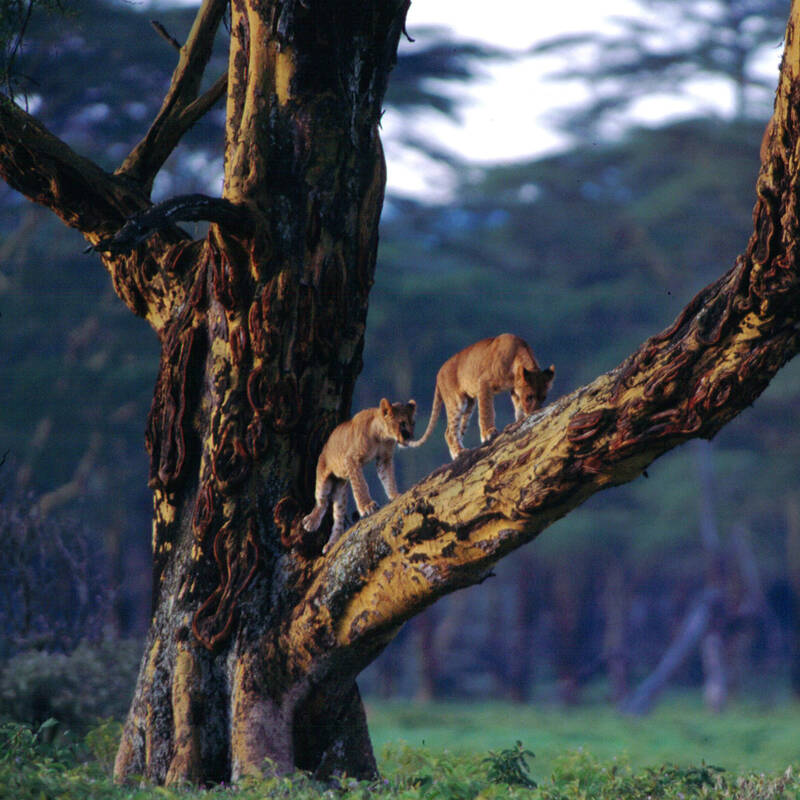
Lake Manyara Safari
Half-day or full-day
Set against the spectacular backdrop of the Rift Valley escarpment, Lake Manyara National Park makes a great safari destination. Here, along with elephant herds and plains game, you’ll find jungle-like forests that are home to blue monkeys, a soda lake tinged pink by flamingos and some of Tanzania’s best birding.
More about Lake Manyara Safari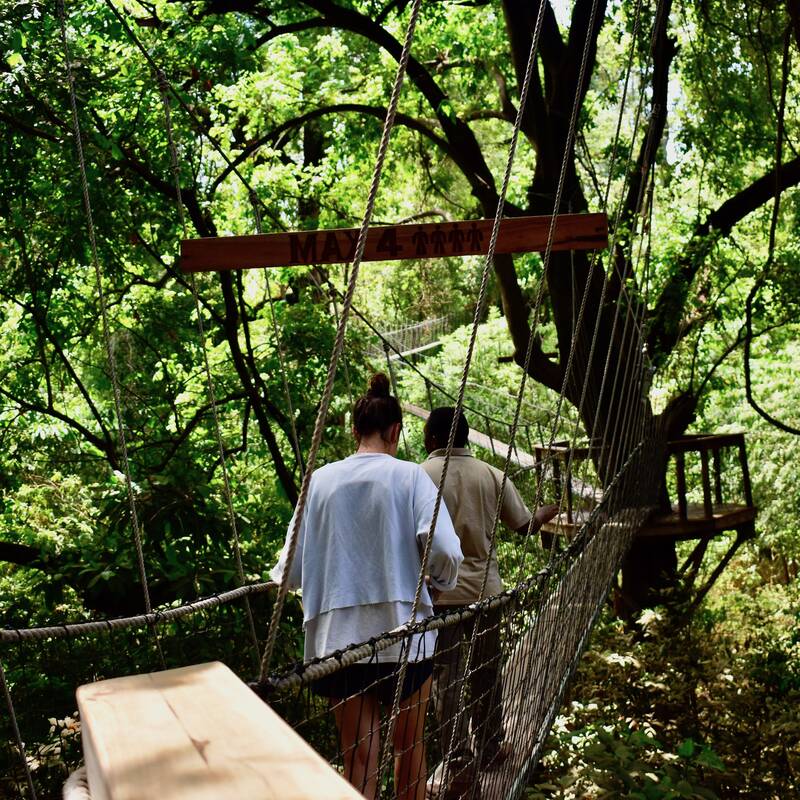
Lake Manyara Treetop Walkway
Usually one hour
Experience the forest of Lake Manyara National Park from a whole new perspective – high up in the trees. The first suspended walkway in Tanzania, it stretches underneath the canopy for 370m between the mahogany and fig trees, giving intrepid visitors a unique view of the surrounding flora and fauna.
More about Manyara Treetop WalkOther lodges in Tarangire National Park
Alternative places to stay in this same area.
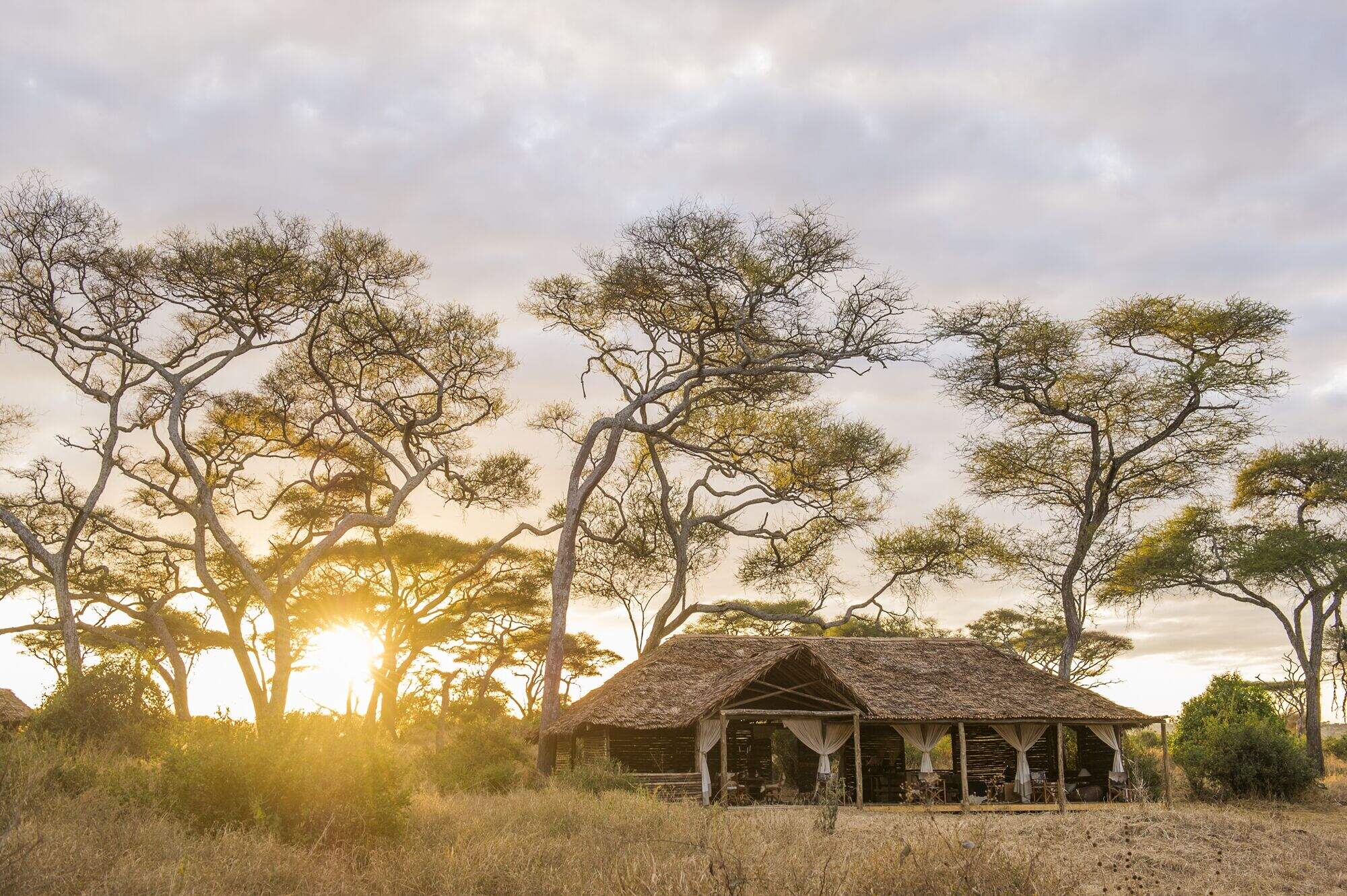
Kuro Tarangire
Kuro Tarangire is a stylish tented camp, located in a quiet and remote area deep in Tarangire National Park.
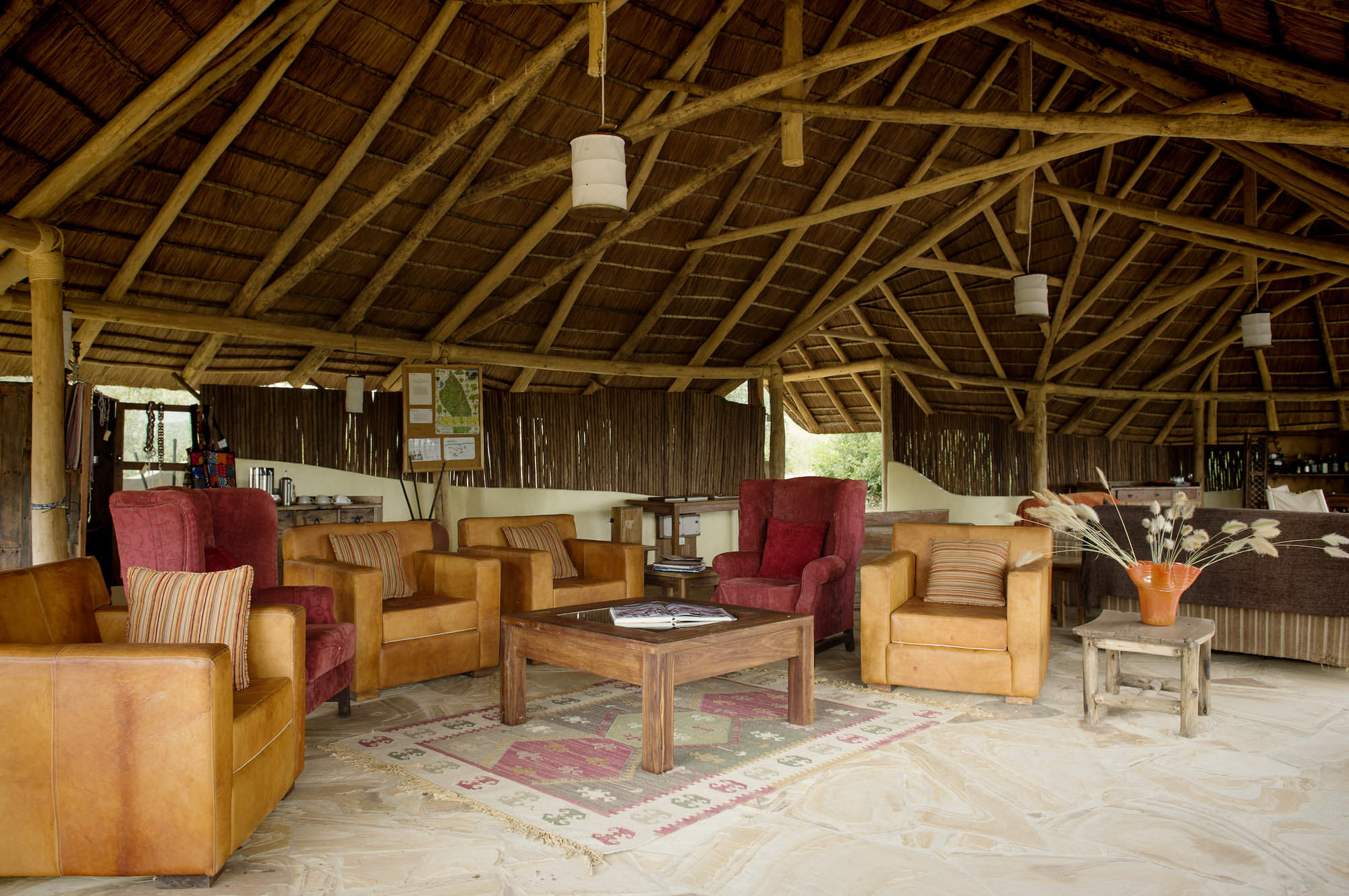
Little Oliver's
For a more private version of its sister property, Oliver’s Camp, Little Oliver’s offers high-quality guiding and tented rooms.
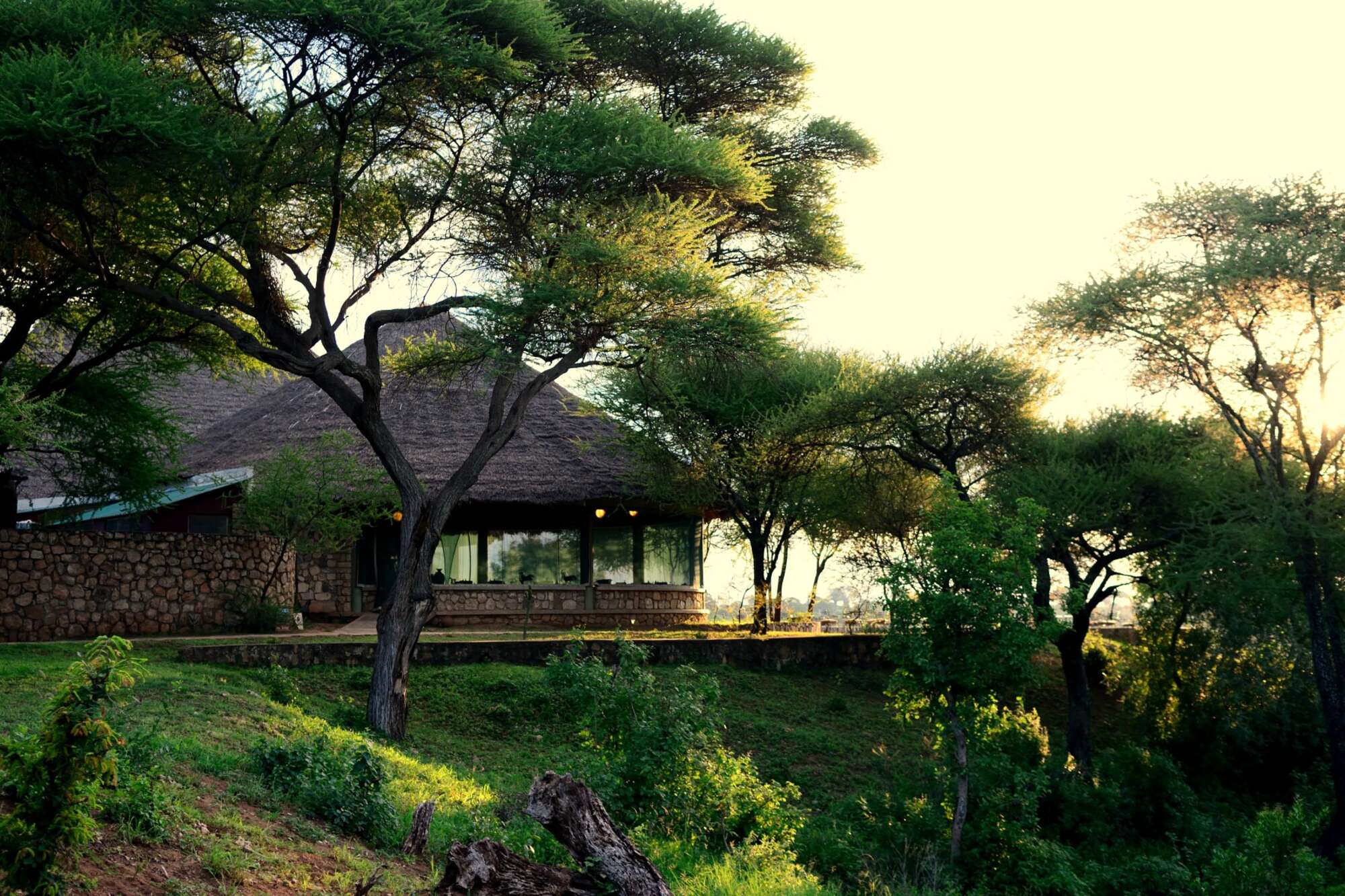
Tarangire Safari
Functional Tarangire Safari Lodge is one of Tarangire National Park's larger lodges, on a prime central site overlooking the river.
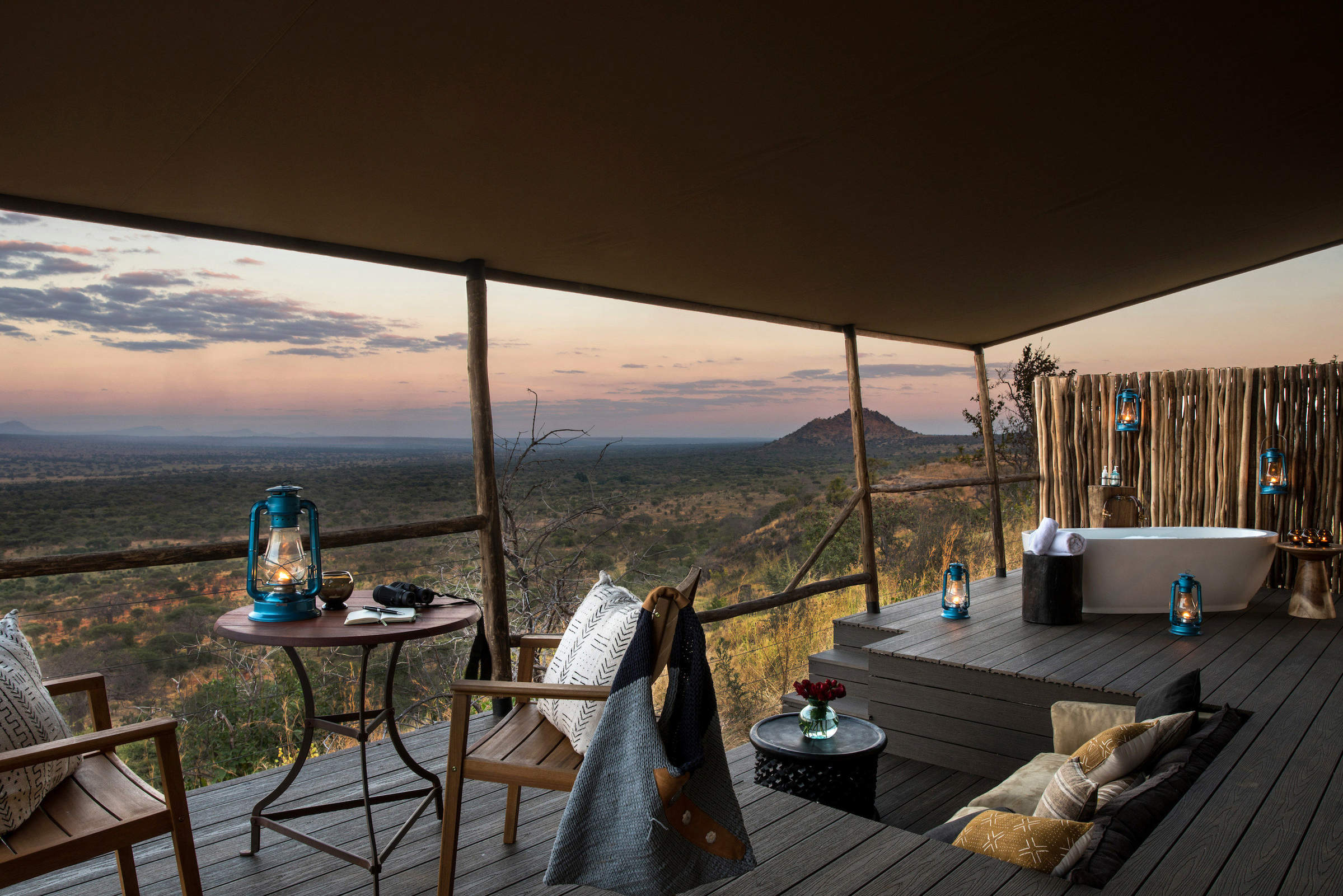
Lemala Mpingo Ridge
Lemala Mpingo Ridge is a stylish camp in Tarangire National Park, with a beautiful location and elevated views over the park.
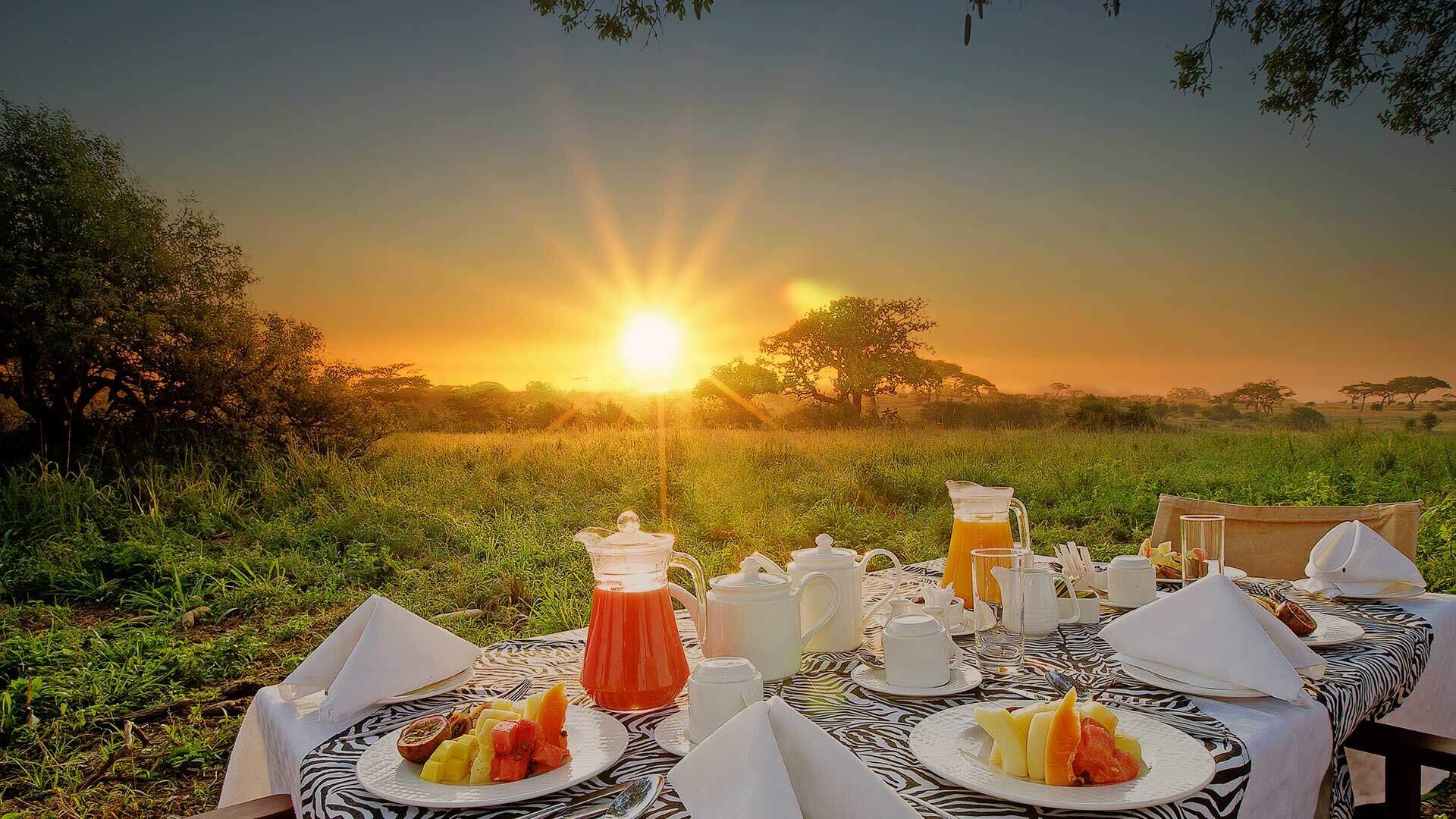
Tarangire Sopa Lodge
Tarangire Sopa Lodge is a large, comfortable, family-friendly hotel in Tarangire National Park, suitable for travellers on a budget.
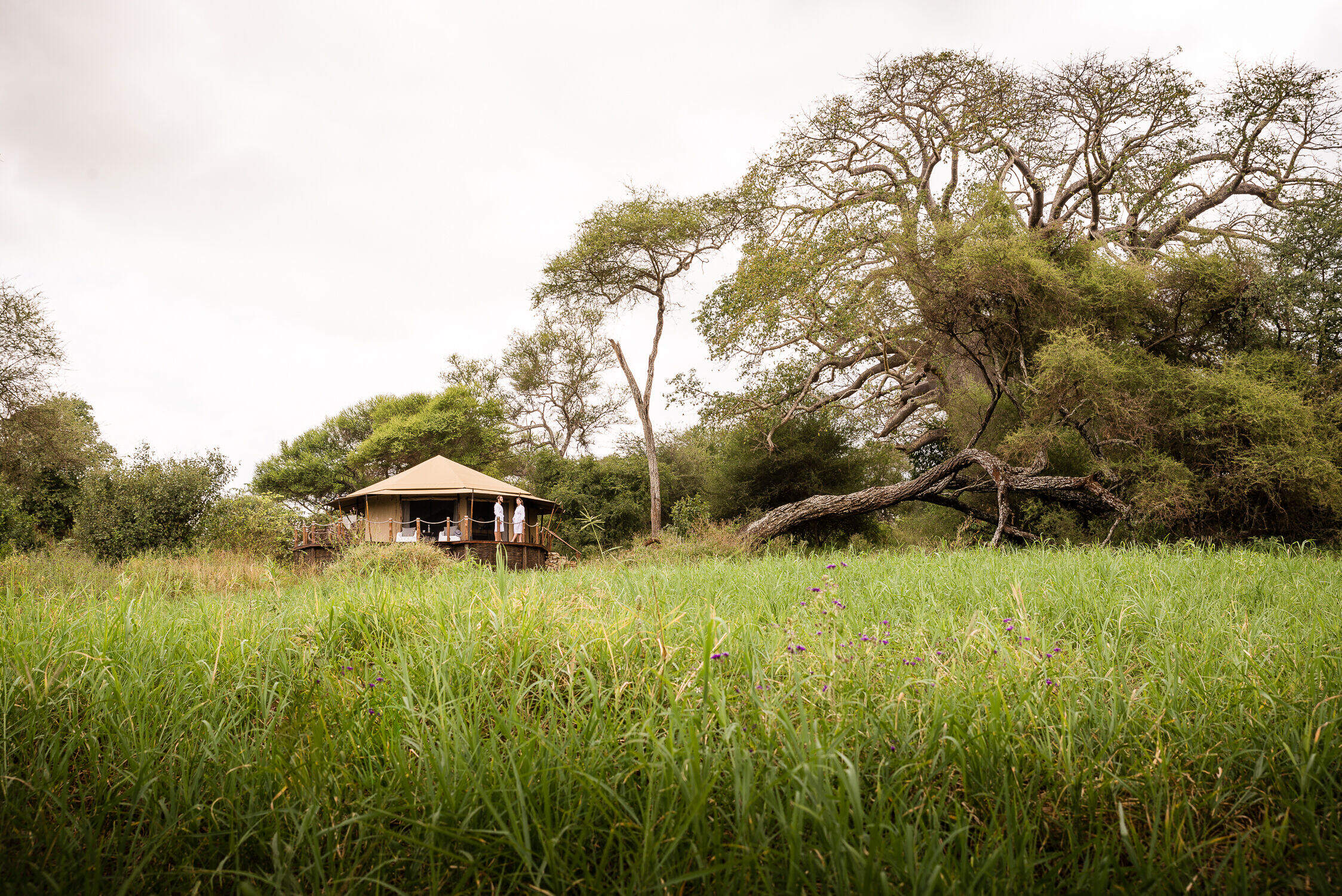
Swala Camp
Swala Camp is a stylish camp for exploring the southern Tarangire, either with a private driver-guide, or using the camp's vehicles and guides.

Tarangire Treetops
Tarangire Treetops is a lovely, high-quality lodge on the outskirts of Tarangire National Park, offering game drives, night drives and safari walks.
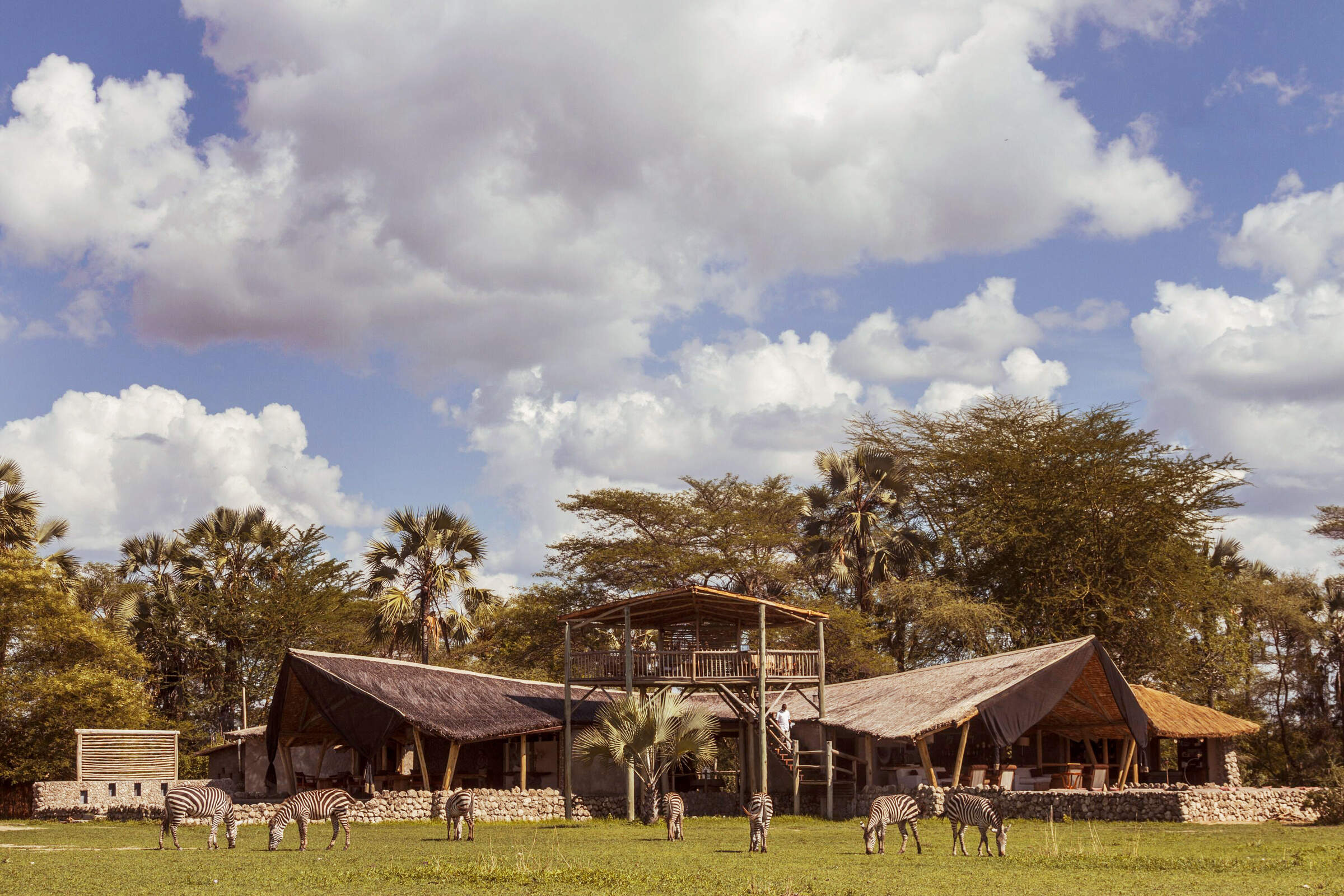
Chem Chem
Chem Chem is a luxury tented lodge on a private concession between Lake Manyara and Tarangire national parks.
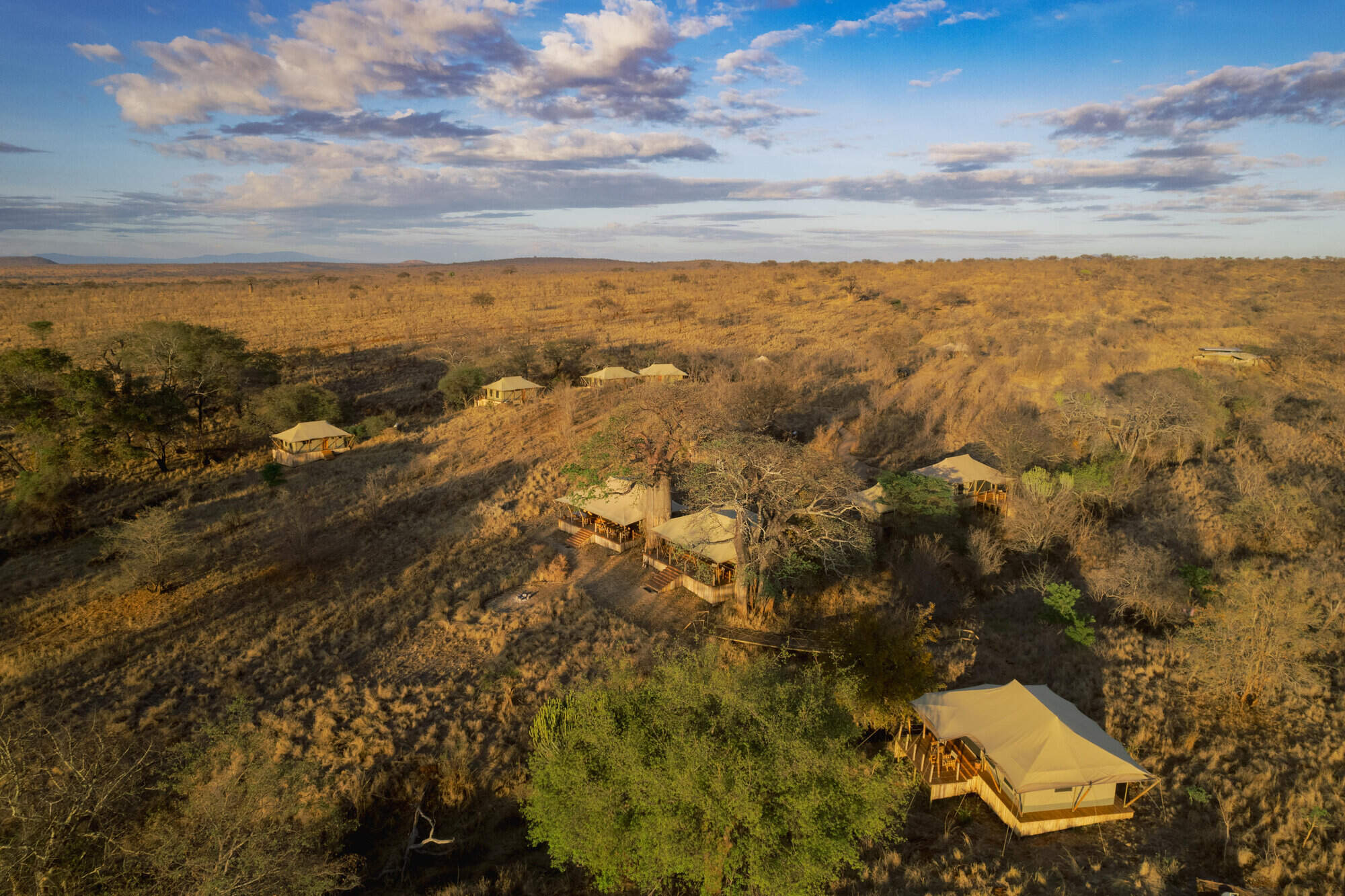
Olkeri Camp
Olkeri is a comfortable tented camp, located in the Randilen Wildlife Management area, bordering Tarangire National Park; ideal for those looking for pristine wilderness.
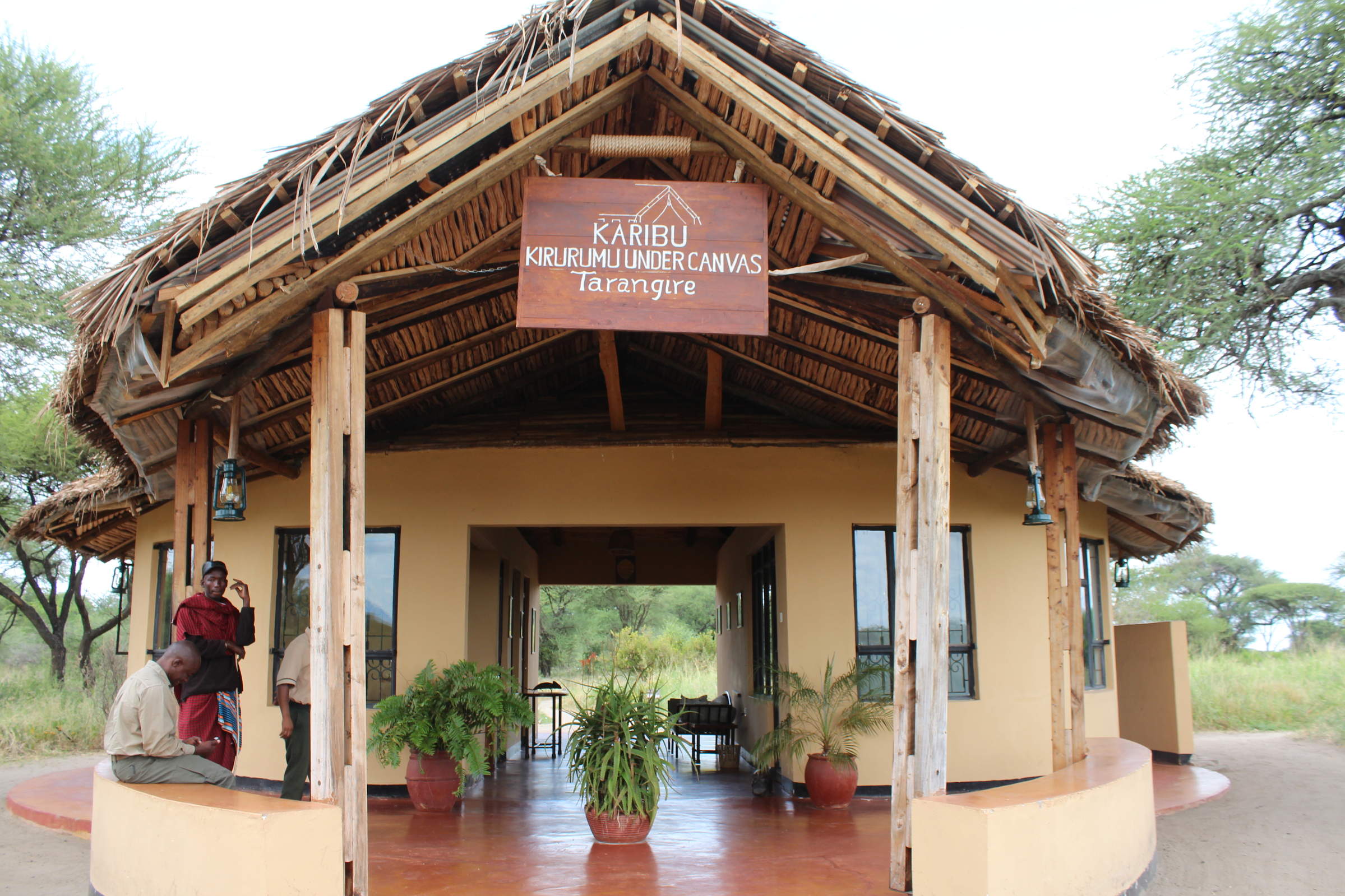
Kirurumu Tarangire
Kirurumu Tarangire Lodge is a simple, small, tented camp positioned just outside the northern boundary of Tarangire National Park.
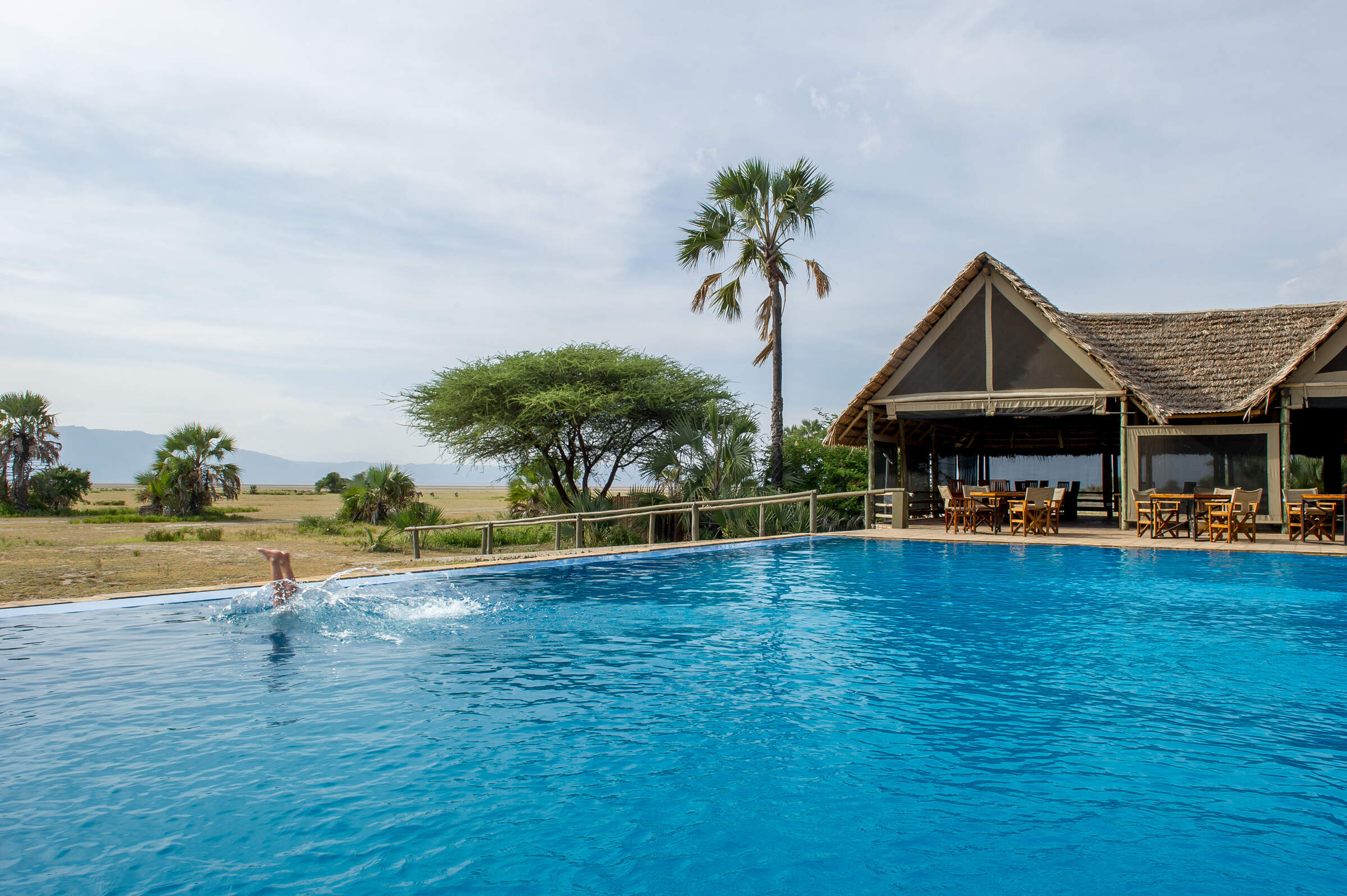
Maramboi Tented Camp
Maramboi Tented Camp is a family-friendly tented lodge located between Lake Manyara and Tarangire National Park.
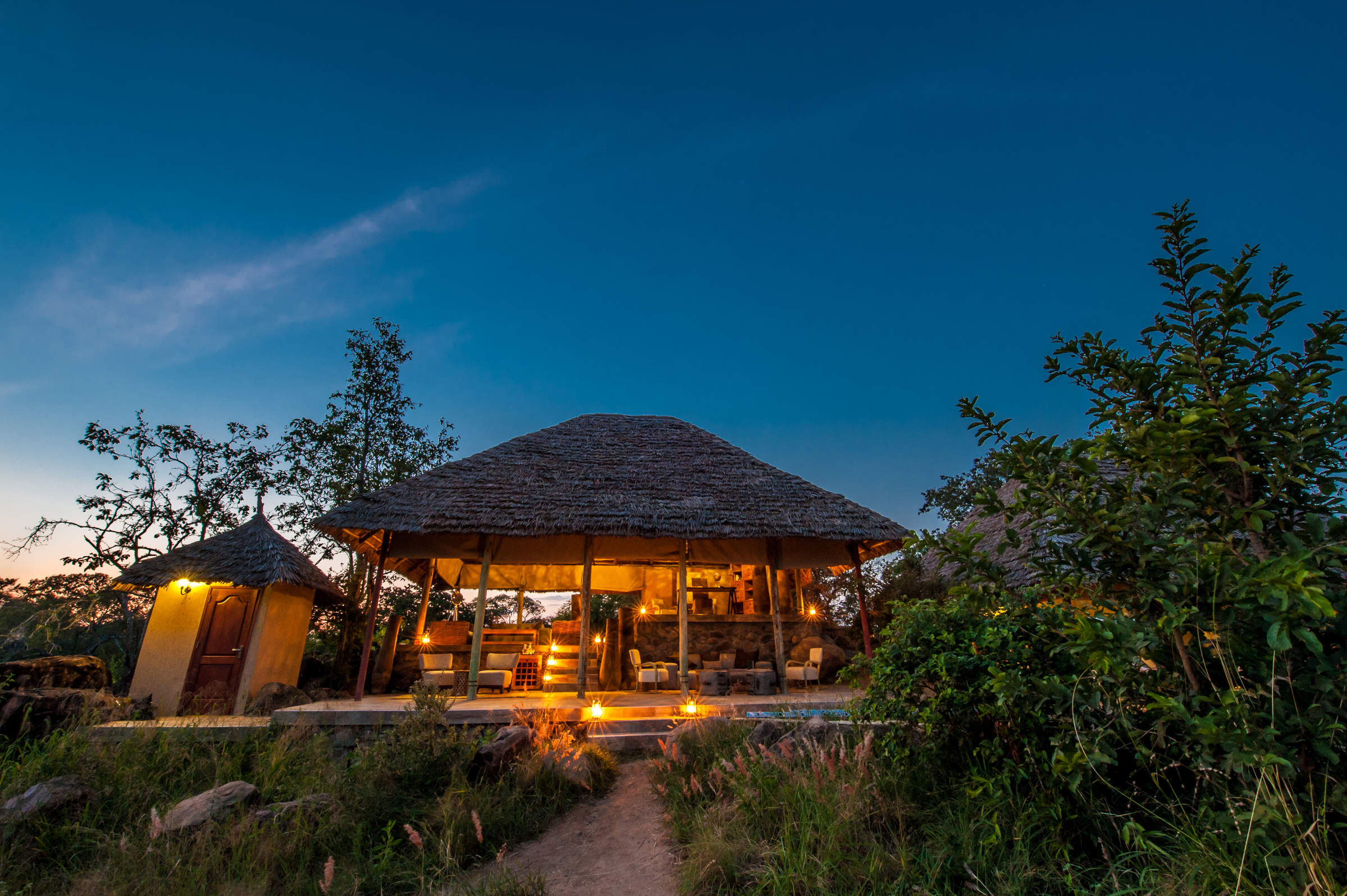
Nimali Tarangire
Nimali is a small camp built in contemporary style on the outskirts of Tarangire National Park in northern Tanzania.
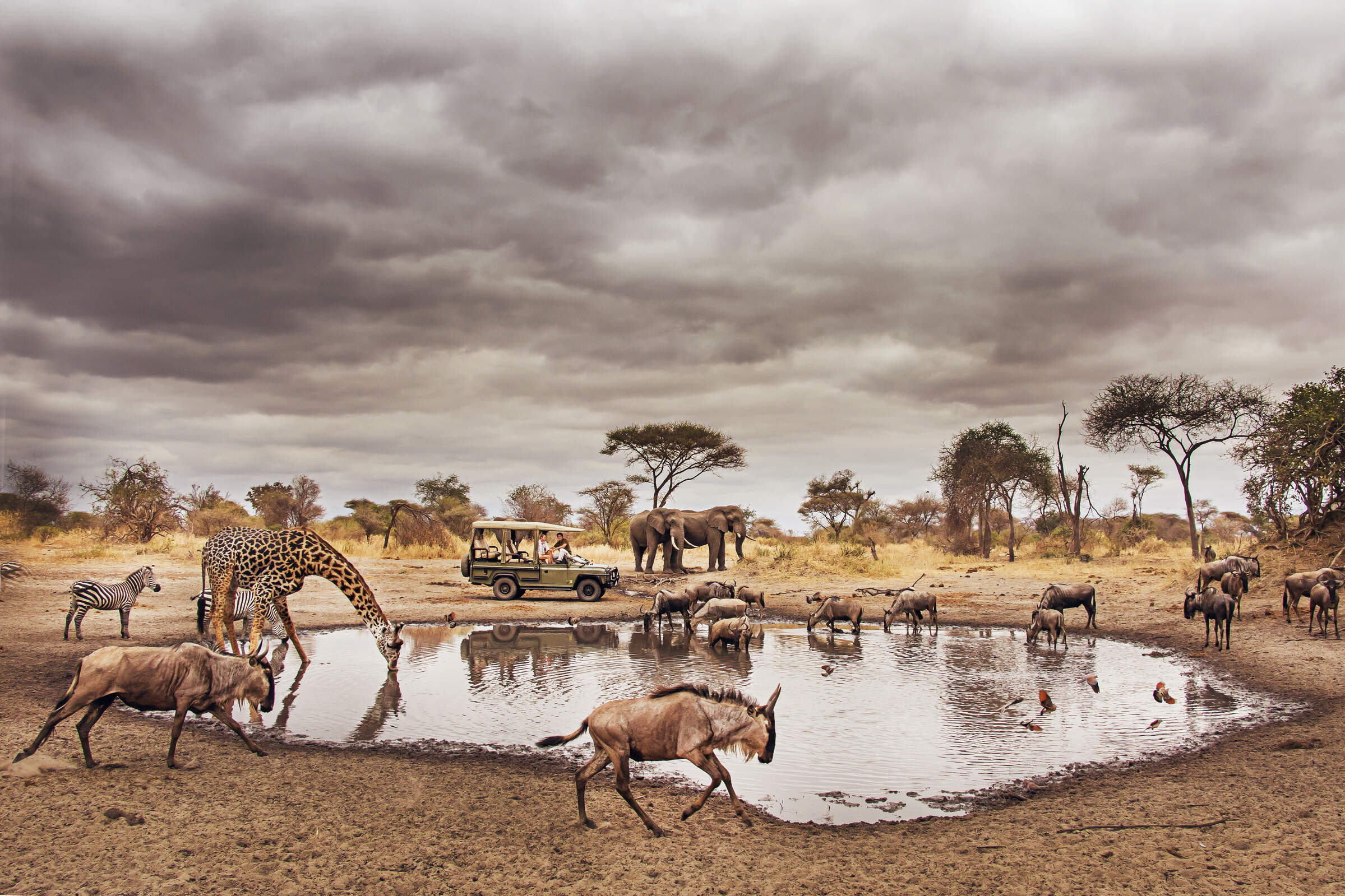
Forest Chem Chem
Located in the Chem Chem Concession and close to Tarangire National Park, Forest Chem Chem is a high-quality tented camp which is booked on an exclusive basis.
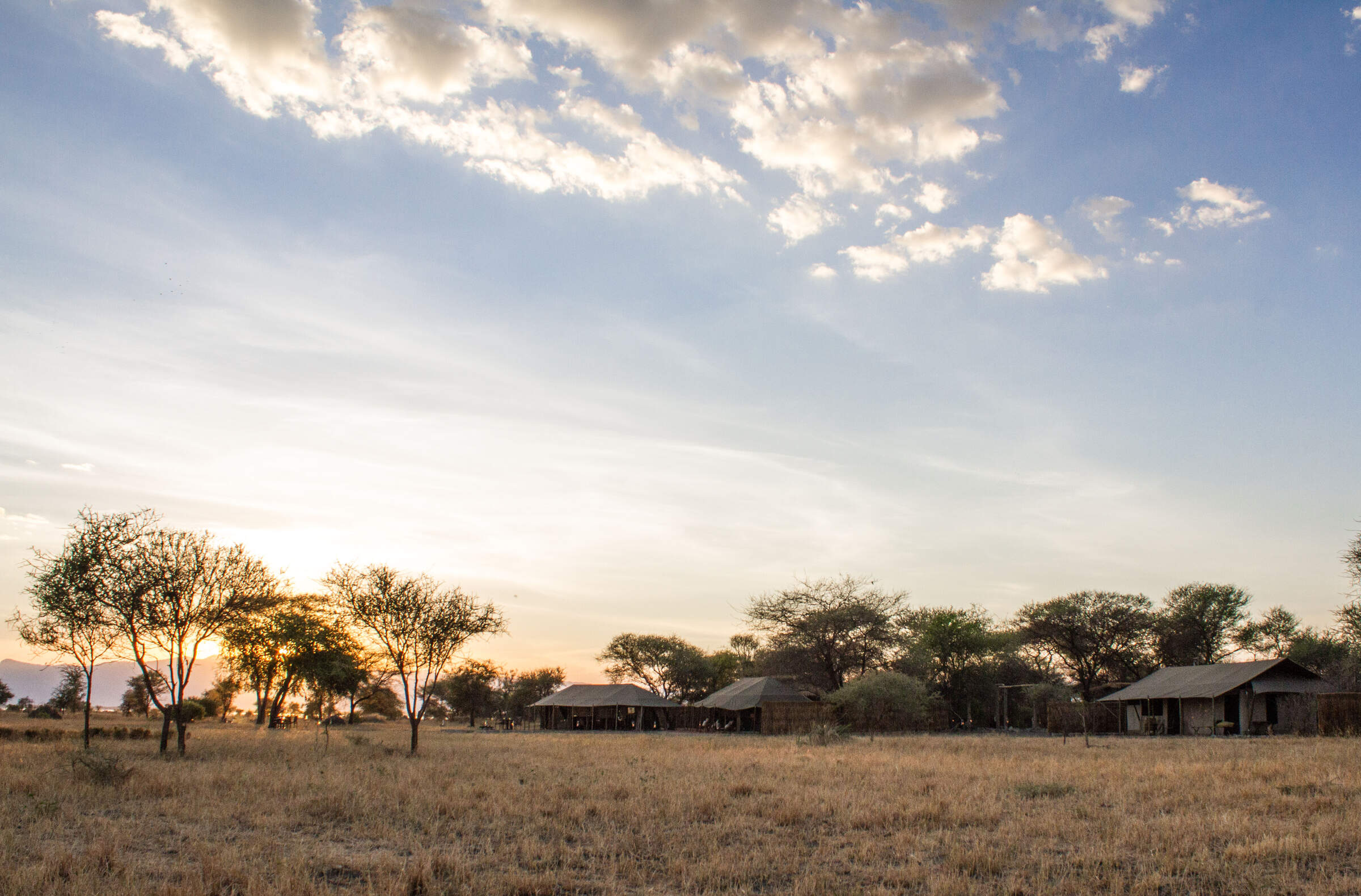
Little Chem Chem
Little Chem Chem is a stylish option near Tarangire National Park, offering real relaxation combined with a variety of safari activities.
When to go to Tarangire National Park
Our month by month guide: What it's like to visit Oliver's Camp in Tarangire National Park
Jan
Feb
Mar
Apr
May
Jun
Jul
Aug
Sep
Oct
Nov
Dec
Tarangire National Park in January
January marks the start of the short dry season. The Tarangire River becomes a crucial water source, attracting diverse wildlife. Elephants, buffaloes, and zebras congregate around the river and swamps. The iconic baobab trees stand out against the landscape, providing food and shelter for animals. Birdwatching is excellent as resident birds display breeding plumage and migrant species are present.
The Silale and Gurusi swamps teem with hippos and crocodiles. While the southern areas of the park may still be wet, the northern regions offer great game viewing. The Matete Woodlands provide opportunities to spot leopards and rare fringe-eared oryx antelopes. January can offer great value for visitors, with quieter park conditions and variable weather.
- Variable weather, dry or rainy periods
- Good for birding, many migrant species present
- Elephant herds gather near Tarangire River
- Lush landscapes ideal for photography
- Quieter after early January rush
Our view
A good time to visit, with pros & cons
Weather in January
Tarangire National Park in February
February in Tarangire National Park is one of the hottest months, with temperatures reaching around 33°C/91°F. The short dry season continues, making it an excellent time for wildlife viewing. The Tarangire River and surrounding swamps become focal points for animal activity. Large herds of elephants, numbering over 3,000, are a major attraction.
The north offers impressive vegetation and birdlife, including large flocks of red-billed quelea birds and various raptors. Birdwatchers will enjoy the park's 550+ species, with northern hemisphere migrants joining resident birds. February is lovely for ballooning, offering unique aerial views of the park's diverse landscapes and wildlife during the cooler morning hours.
- Hot and dry weather prevails
- Large elephant herds visible near water sources
- Excellent time for game drives and safaris
- Baobab trees stand out in dry landscape
- Park less crowded, better wildlife viewing
Our view
A very good time to visit
Weather in February
Tarangire National Park in March
As March arrives in Tarangire, the long rains begin, transforming the landscape. This is an important time for the park's famous baobab trees, which store water in their trunks. While game viewing becomes more challenging due to dispersing wildlife, it's an excellent time for photography as the scenery turns lush and green.
The Tarangire ecosystem, including granitic ridges and river valleys, offers stunning views of the Great Rift Valley. Birdwatching remains rewarding, especially in the swampy floodplains and woodlands. March remains challenging for guided walking safaris, as the vegetation is high and thick.
- Hot with increasing humidity before rains
- Wildlife viewing varies as rains approach
- Quiet park with lower visitor numbers
- Migratory birds still present in good numbers
- Balloon safaris offer stunning aerial views
Our view
A good time to visit, with pros & cons
Weather in March
Tarangire National Park in April
April is the wettest month in Tarangire, with an average of 250mm of rain. The park's landscape is at its lushest, with flowering plants attracting insects and smaller animals. While big game viewing is more challenging due to dense vegetation, it's an excellent time for photographers to capture the vibrant scenery. The Tarangire River and swamps swell, creating picturesque scenes.
Birdwatching remains exceptional, with over 550 species present in the park. Visitor numbers are low, providing a more intimate safari experience.
- Heavy rains with impressive thunderstorms
- Some camps closed due to weather conditions
- Lowest rates and very few other tourists
- Lush green landscape, but wildlife dispersed
- Birdwatching excellent for resident species
Our view
This is not a great time to visit
Weather in April
Tarangire National Park in May
As May progresses in Tarangire, the long rains begin to taper off. The park's diverse habitats, from woodlands to savannahs, are lush and green. While wildlife viewing can still be challenging due to high grass, patient observers may spot leopards in the Matete Woodlands. The swamps, including Silale and Gurusi, are full of water, attracting numerous bird species.
May is an excellent time for photography, with dramatic skies and verdant landscapes. The Tarangire ecosystem is at its most vibrant, showcasing the park's stunning biodiversity. Visitor numbers remain low, offering peaceful game drives. Cultural visits to nearby Maasai communities provide insights into local traditions and lifestyles.
- Rains continue, creating dramatic skies
- Quiet time to visit, avoiding crowds
- Park lush and green with high grass
- Wildlife more dispersed, fewer sightings
- Affordable rates for budget-conscious visitors
Our view
This is not a great time to visit
Weather in May
Tarangire National Park in June
June marks the beginning of the dry season in Tarangire. As the landscape starts to dry, wildlife begins to congregate around permanent water sources. The famous Tarangire River becomes a hub of animal activity, attracting diverse species. Elephant herds become more visible as they move towards reliable water supplies.
June is an excellent time for birdwatching, with over 550 species present in the park. The Lemiyon Triangle in the north offers impressive vegetation and birdlife. As the grass starts to shorten, game viewing improves, especially along the Birungi Circuit. June is lovely for balloon safaris, providing breathtaking views of the awakening landscape and wildlife below.
- Weather transitions from wet to dry
- Wildlife starts concentrating near water
- Park still green with some high grasses
- Visitor numbers increasing gradually
- Good value with shoulder season prices
Our view
A good time to visit, with pros & cons
Weather in June
Tarangire National Park in July
July is a prime month for wildlife viewing in Tarangire. As the dry season progresses, large herds of elephants, buffaloes and zebras gather around the Tarangire River and swamps. The park's famous baobab trees stand out against the increasingly arid landscape. Game drives along the Birungi Circuit offer excellent opportunities to spot lesser kudu and massive elands.
Birdwatching remains rewarding, especially around the park's swamps and woodlands. The Matete Woodlands provide good chances to see leopards and rare fringe-eared oryx antelopes. July is perfect for photography, with clear skies and animals congregating at water sources. Guided nature walks provide intimate encounters with the park's flora and fauna. Sundowner game drives offer magical experiences as the African sun sets over the savannah.
- Dry season begins, excellent wildlife viewing
- Large elephant herds visible near river
- Popular time with higher visitor numbers
- Peak prices due to optimal conditions
- Guided walks offer intimate wildlife experiences
Our view
Fantastic: the very best time to visit
Weather in July
Tarangire National Park in August
August in Tarangire offers exceptional wildlife viewing opportunities. The dry season is in full swing, concentrating animals around the Tarangire River and remaining water sources. Large elephant herds, sometimes numbering in the hundreds, are a common sight. The park's swamps, including Silale and Gurusi, attract diverse wildlife.
Birdwatching is excellent, with many species gathering around water bodies. The iconic baobab trees provide a striking backdrop for photography. August is ideal for balloon safaris, offering panoramic views of the park's diverse landscapes and wildlife. Guided nature walks provide intimate encounters with the park's flora and fauna. Cultural visits to nearby Maasai communities offer insights into traditional lifestyles.
- Dry conditions, animals gather at water sources
- Excellent general wildlife viewing
- Busy season with higher visitor numbers
- Swamps attract diverse wildlife species
- Night drives reveal nocturnal animals
Our view
Fantastic: the very best time to visit
Weather in August
Tarangire National Park in September
September is an excellent month to visit Tarangire. As the dry season peaks, wildlife concentrates around remaining water sources, particularly the Tarangire River. Large herds of elephants, wildebeests, and zebras offer spectacular viewing opportunities. The Matete Woodlands and Birungi Circuit provide chances to spot predators like leopards. Birdwatching remains rewarding, with over 550 species in the park.
The landscape, dotted with iconic baobab trees, offers stunning photographic opportunities. September is ideal for guided walking safaris, allowing visitors to explore the park's ecosystem up close. Balloon safaris provide breathtaking aerial views of the parched landscape and congregating wildlife.
- Fantastic wildlife viewing opportunities
- Parks becoming very dry, animals congregate
- Slightly quieter than peak August period
- Baobab trees in full leaf, great for photos
- Higher chances of seeing large predators
Our view
Fantastic: the very best time to visit
Weather in September
Tarangire National Park in October
October in Tarangire marks the end of the dry season, offering some of the best wildlife viewing opportunities. The Tarangire River and surrounding swamps become crucial for survival, attracting large concentrations of animals. Elephant herds are particularly impressive during this time. The park's famous baobab trees stand out against the parched landscape. Birdwatching is excellent, with many species congregating around remaining water sources.
October is ideal for photography, with clear skies and abundant wildlife. Balloon safaris provide stunning aerial views of the park's varied landscapes and wildlife. As the month progresses, there's a chance of early rains, bringing new life to the park.
- Mostly dry with comfortable temperatures
- Excellent game viewing around water sources
- Lower visitor numbers than earlier months
- Balloon safaris offer breathtaking views
Our view
A very good time to visit
Weather in October
Tarangire National Park in November
November in Tarangire sees the start of the short rains, transforming the landscape. The famous baobab trees begin to flower, creating a lush backdrop. Wildlife starts to disperse as water becomes more widely available, but game viewing remains good. The Tarangire River and swamps continue to attract diverse species. November is excellent for birdwatching as migratory birds arrive, joining the park's 550+ resident species.
As the vegetation greens, photography opportunities abound. Guided nature walks provide insights into the park's changing ecosystem. Cultural visits to nearby Maasai communities offer unique experiences. November can offer great value with shoulder season rates and fewer visitors.
- Variable weather, chance of rain increasing
- Parks quieter, prices more affordable
- Wildlife disperses as rains begin
- Migratory birds start arriving in the park
- Green season begins, landscape transforms
Our view
A good time to visit, with pros & cons
Weather in November
Tarangire National Park in December
December in Tarangire brings a mix of wet and dry conditions. The short rains continue, rejuvenating the landscape. The famous baobab trees are in full leaf, providing shade and food for wildlife. While animals are more dispersed than in the dry season, game viewing remains rewarding. The Tarangire River and swamps continue to attract diverse species.
December is excellent for birdwatching, with migratory birds present alongside resident species. Balloon safaris provide stunning views of the greening landscape. Cultural visits to nearby communities offer insights into local holiday traditions. Despite being a popular time for visitors, especially during the festive season, December can still offer peaceful safari experiences in less-visited areas of the park.
- Variable weather, mix of dry and rainy days
- Good game viewing in Tarangire River area
- Quiet early month, busy during holidays
- Prices vary from low to peak holiday rates
- Lush landscapes after early rains
Our view
A good time to visit, with pros & cons
Weather in December

Looking for inspiration on where to travel next?
Visit our trip chooser to explore your options and find inspiration for your perfect African adventure
Inspire me